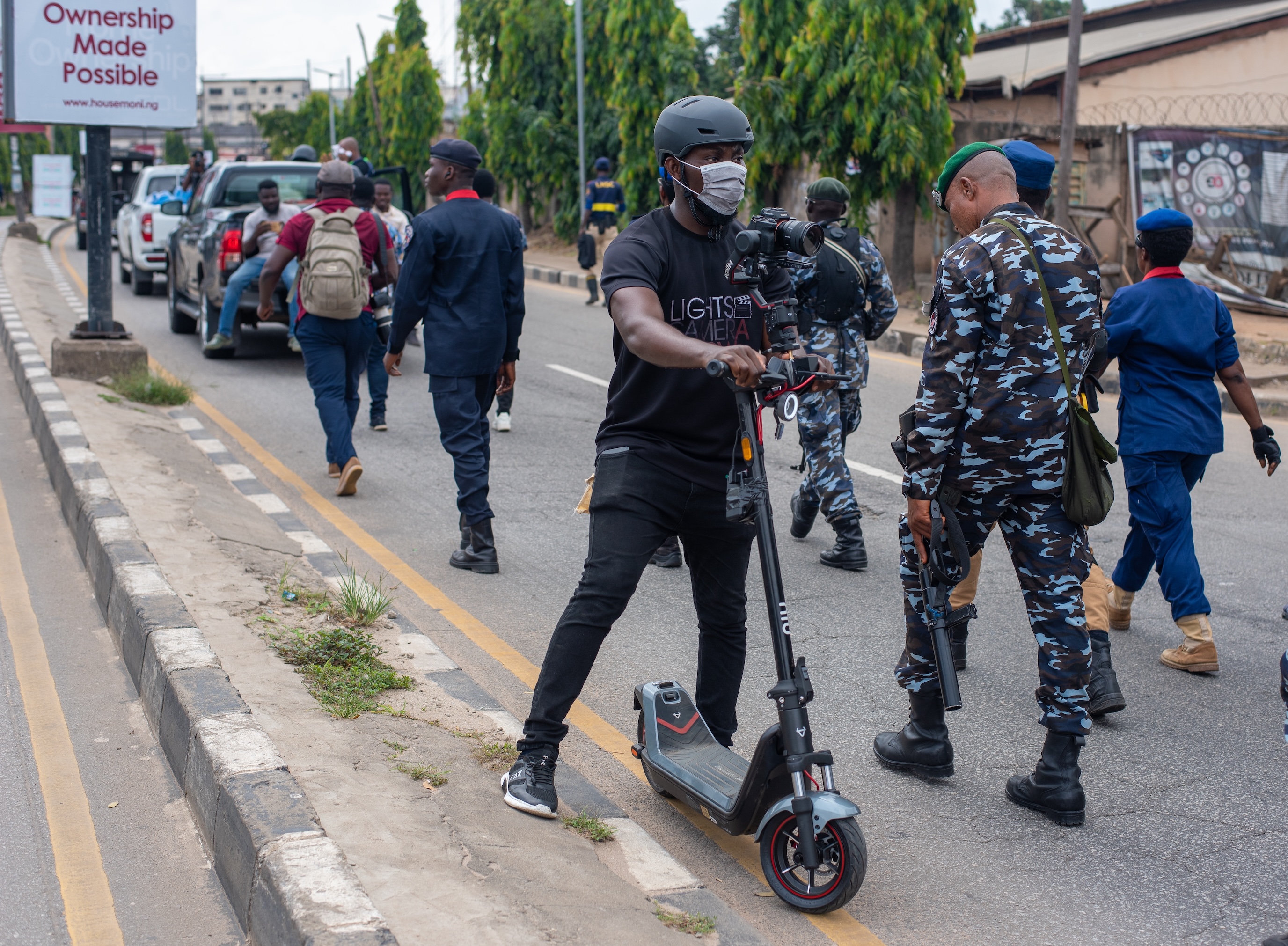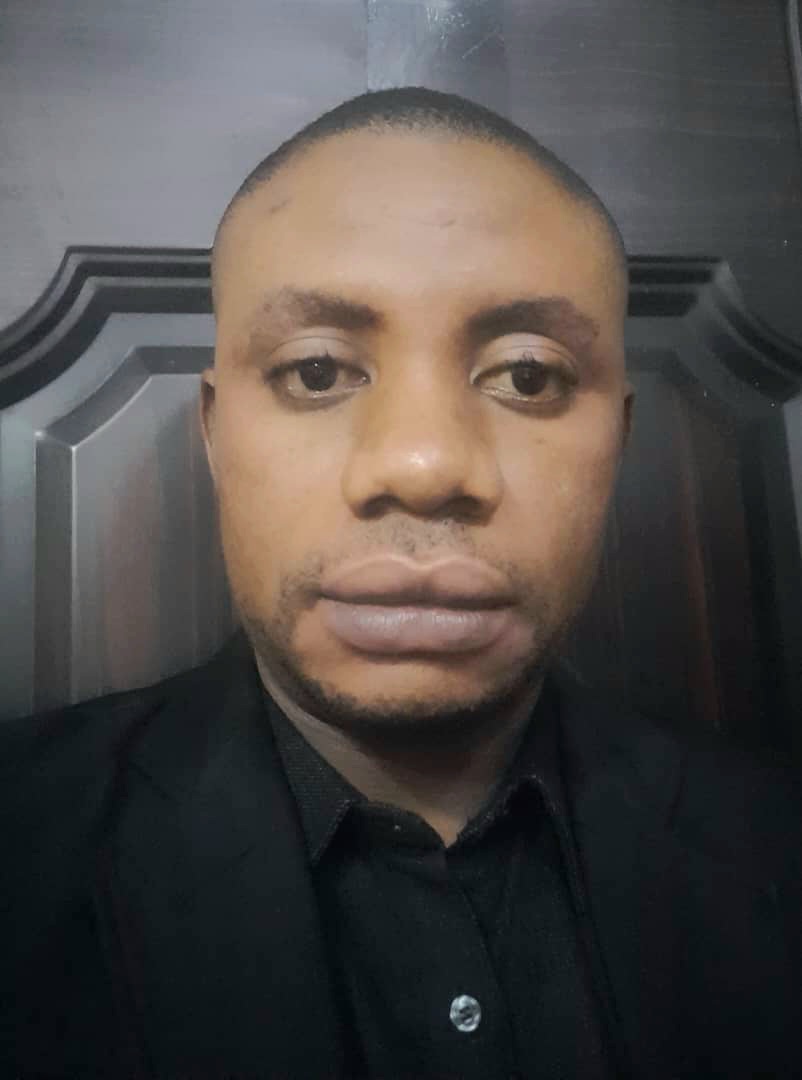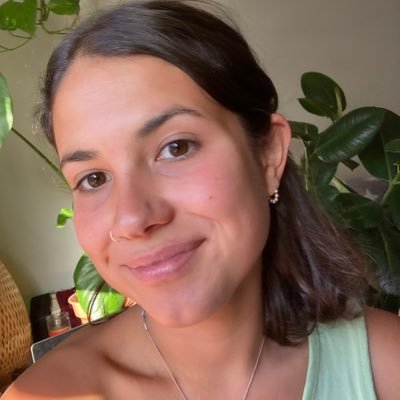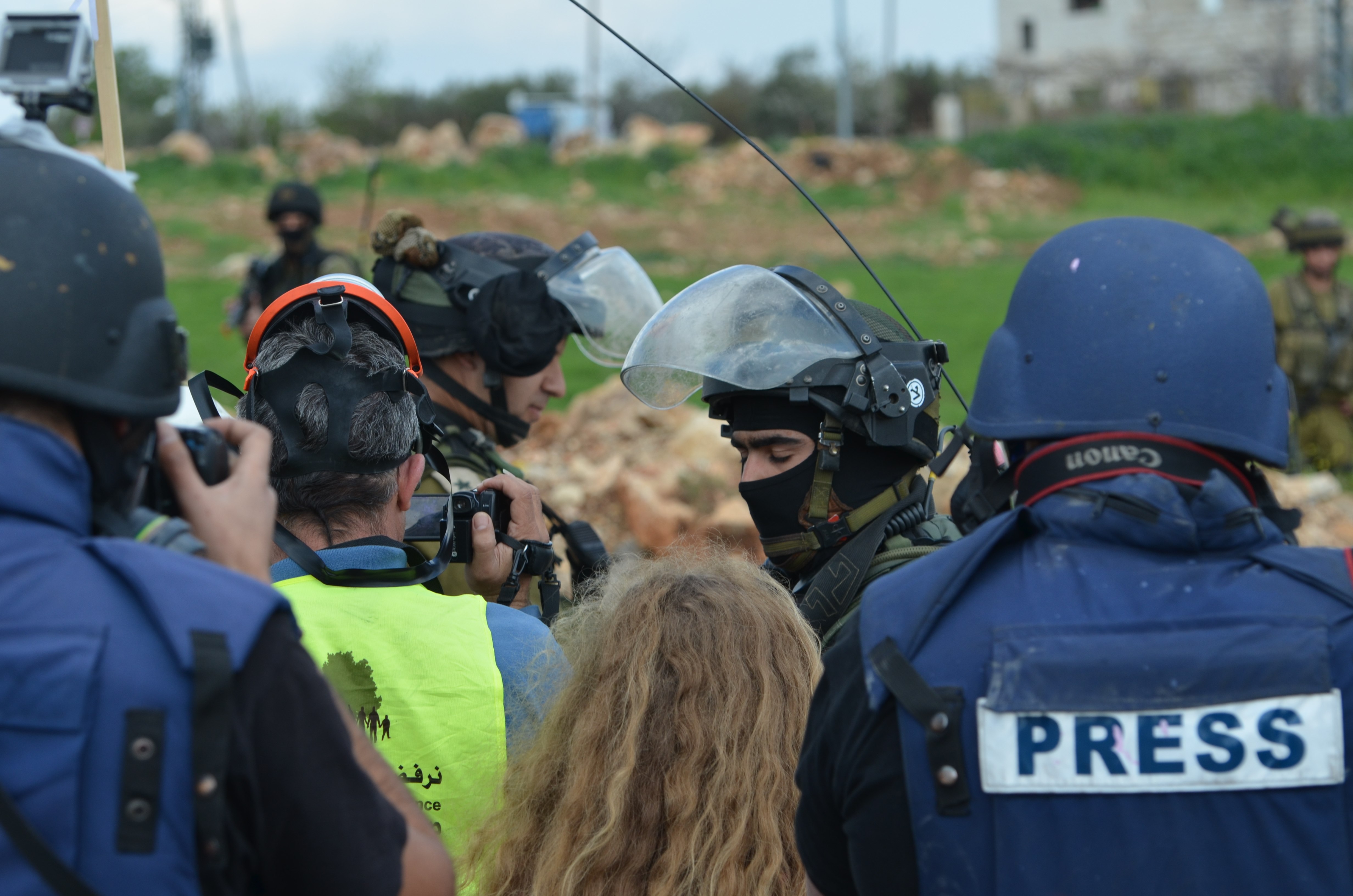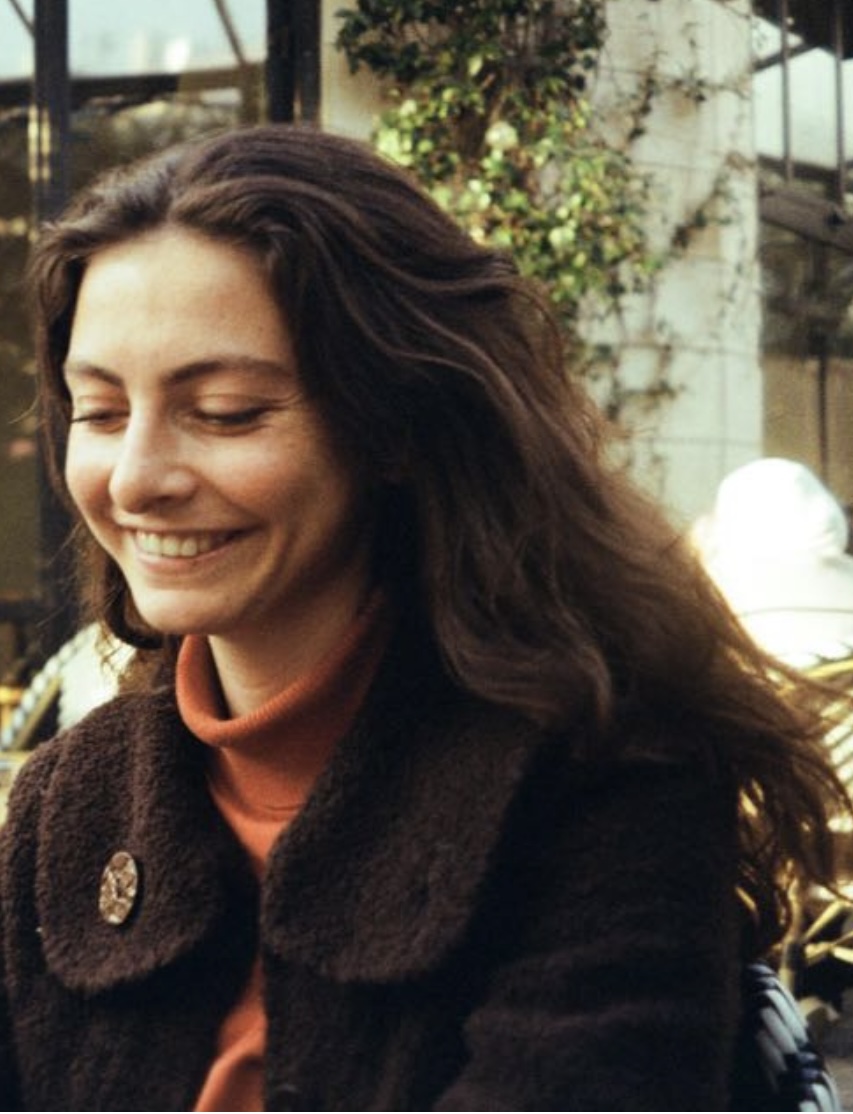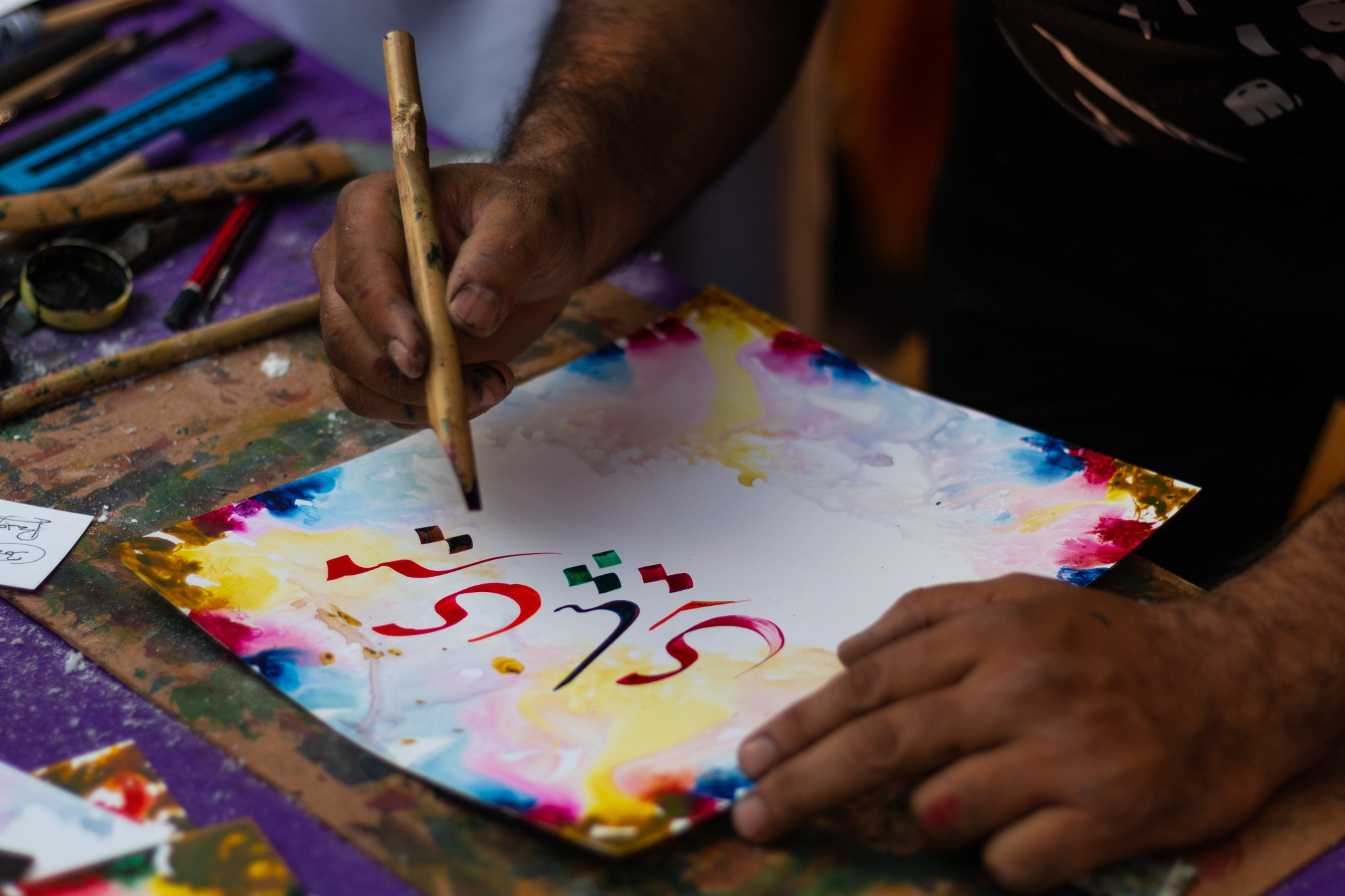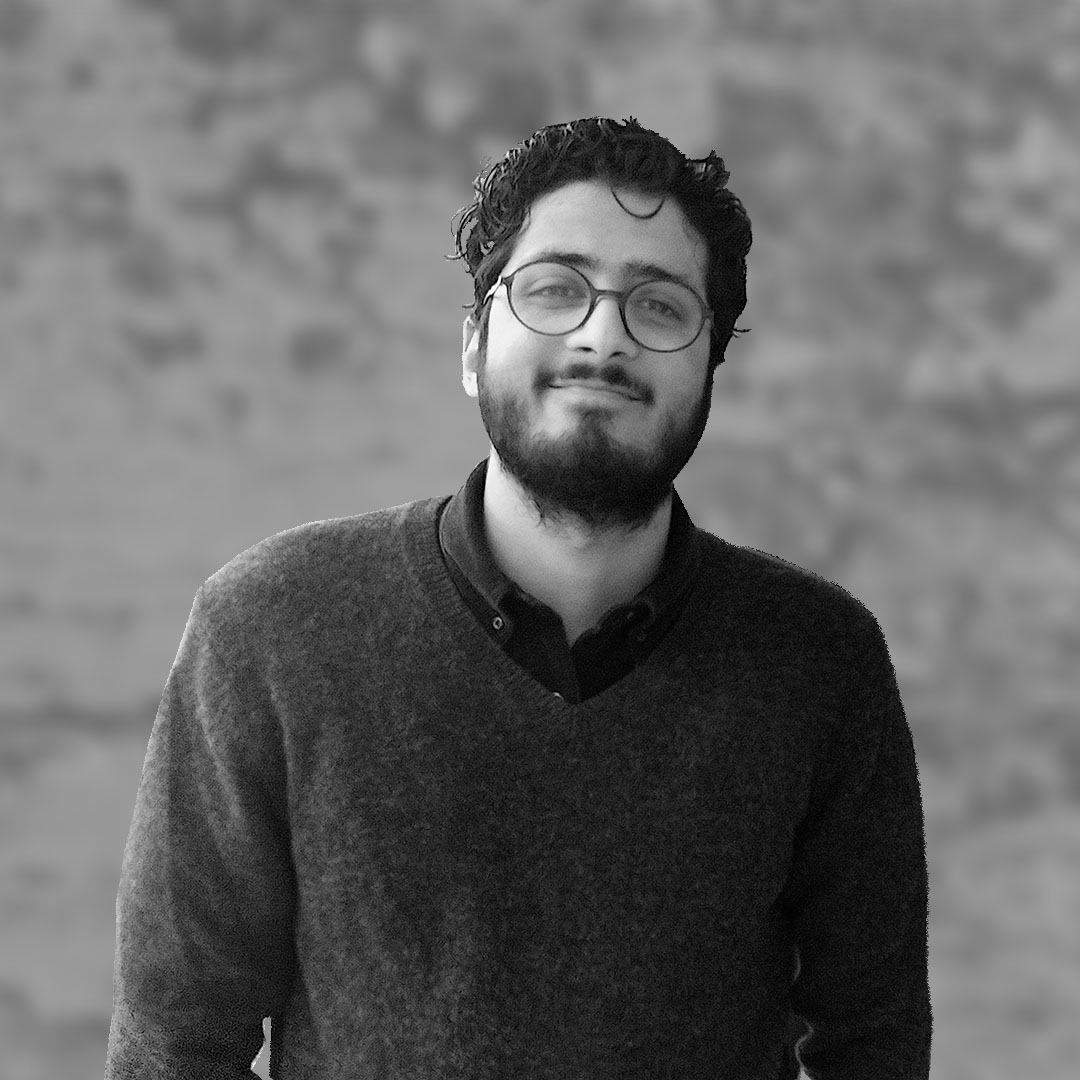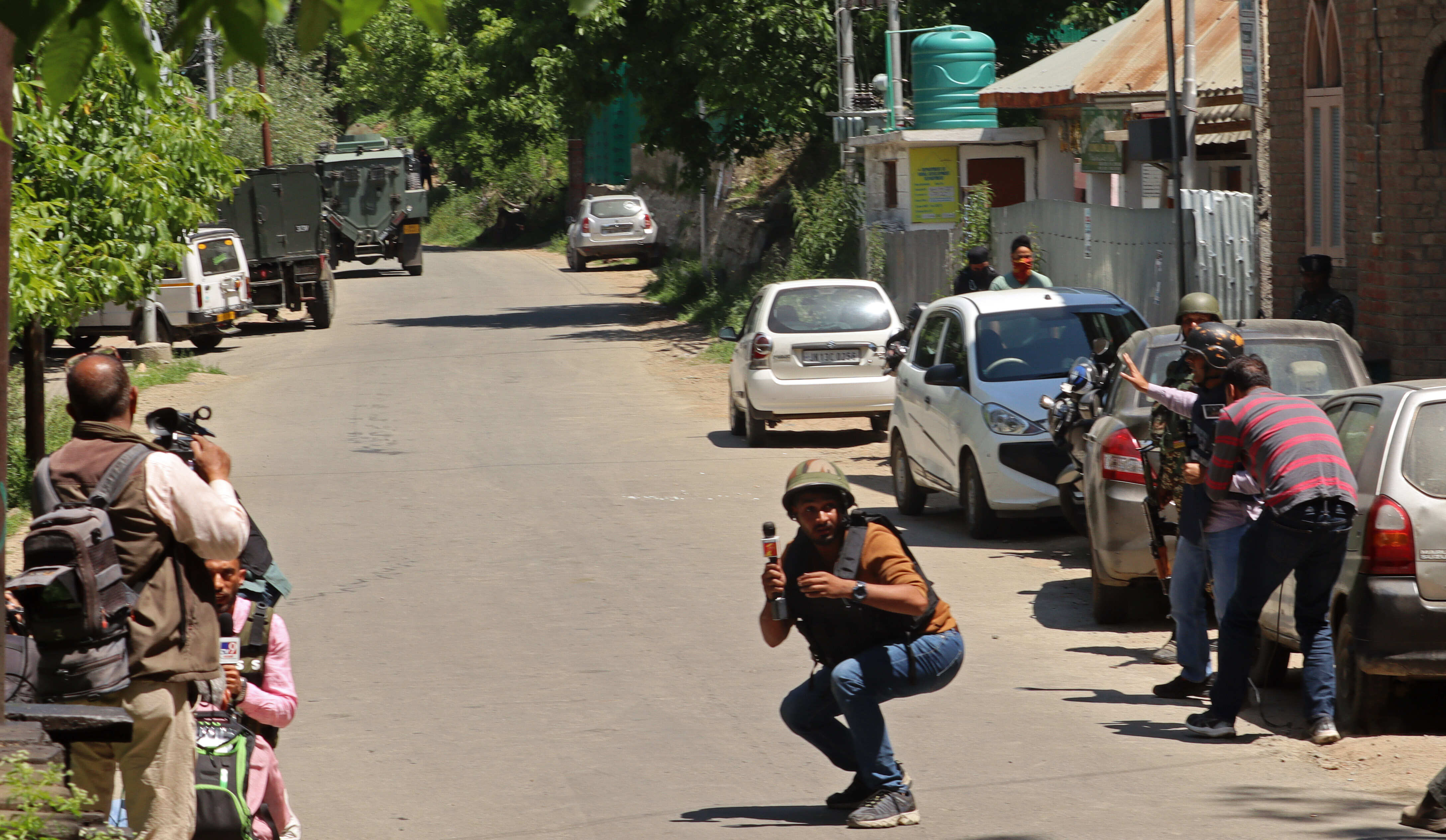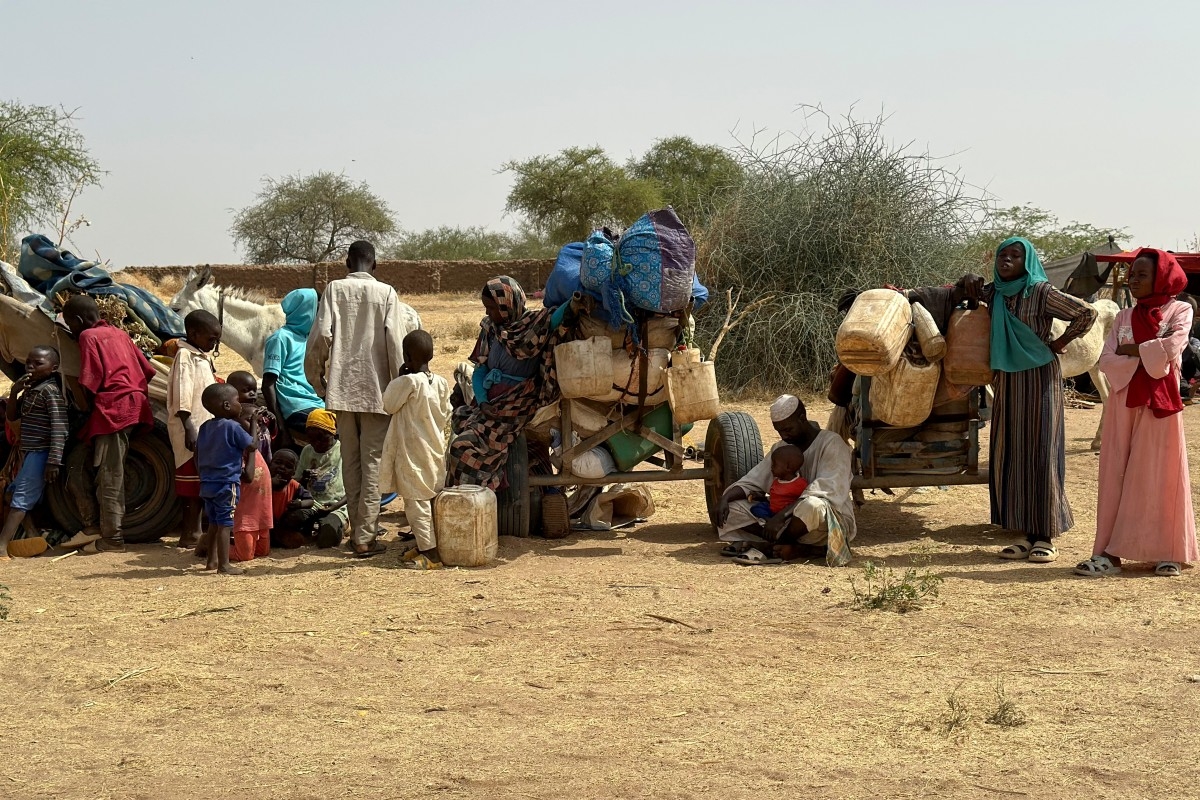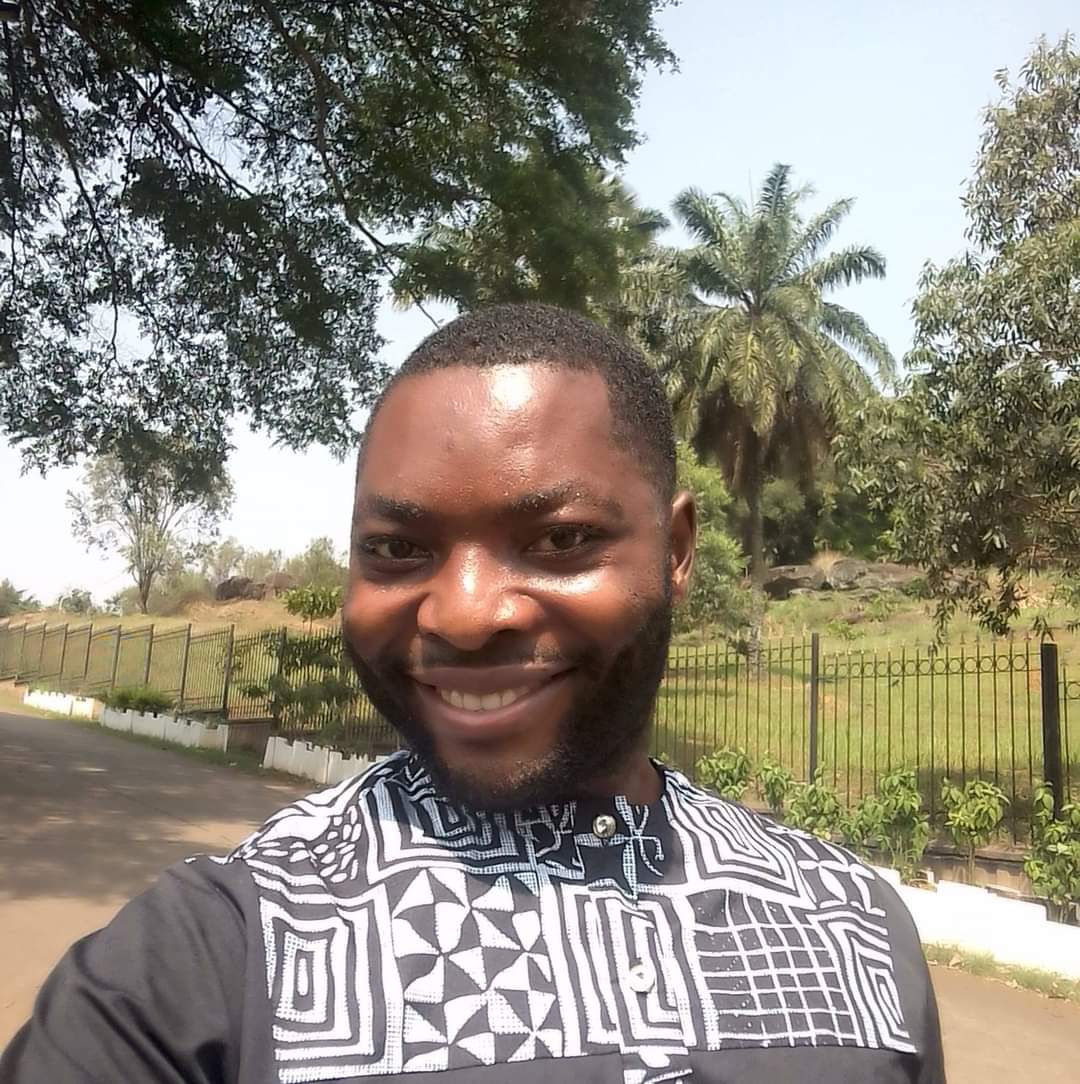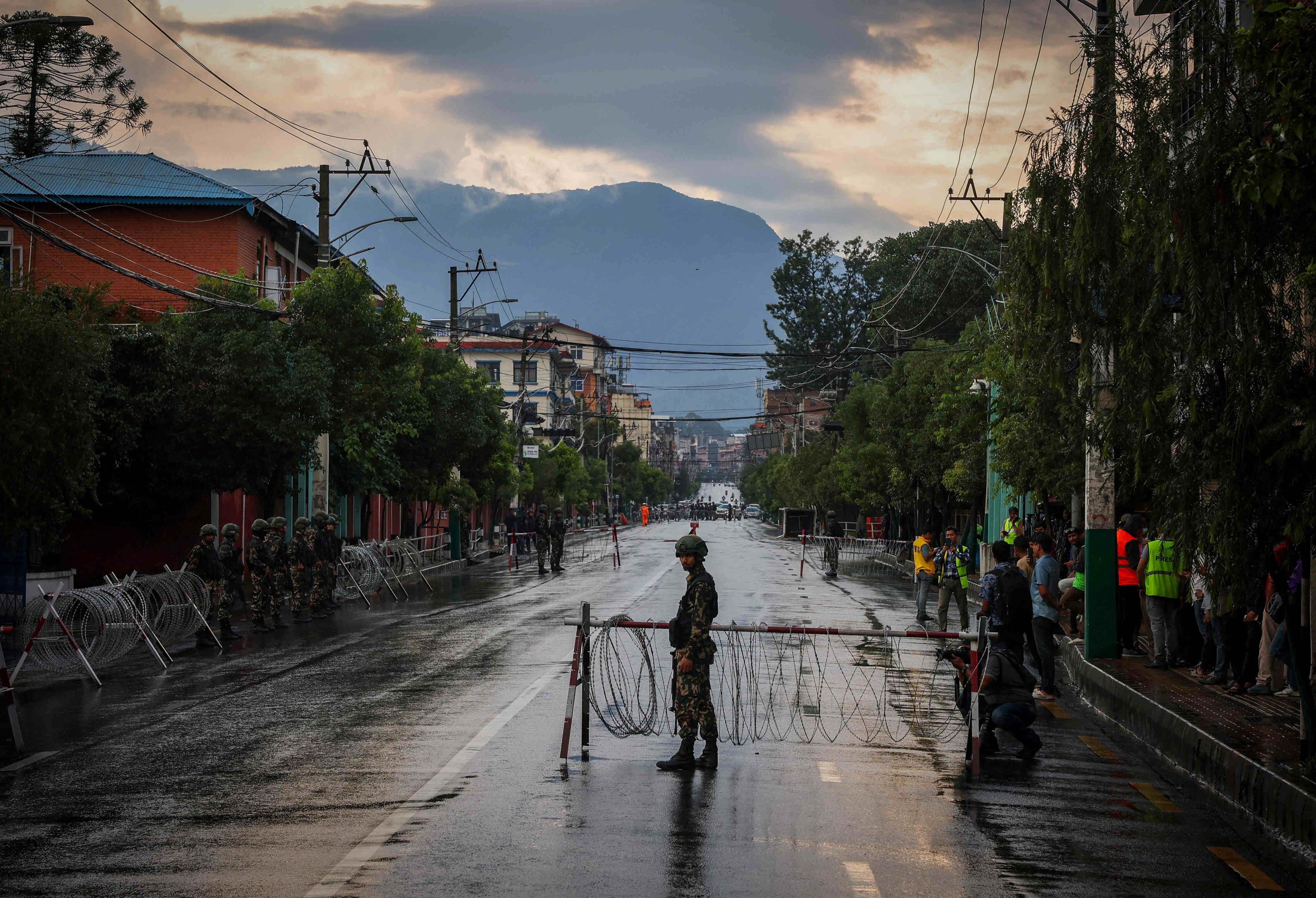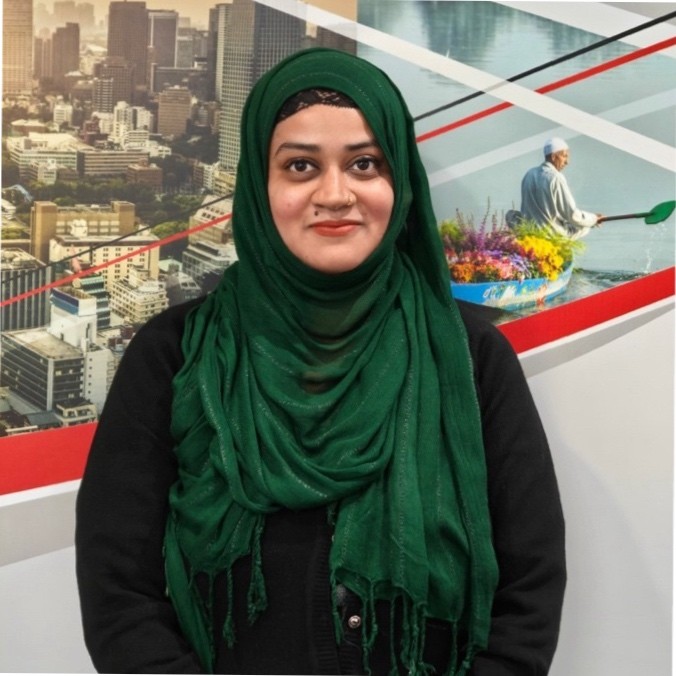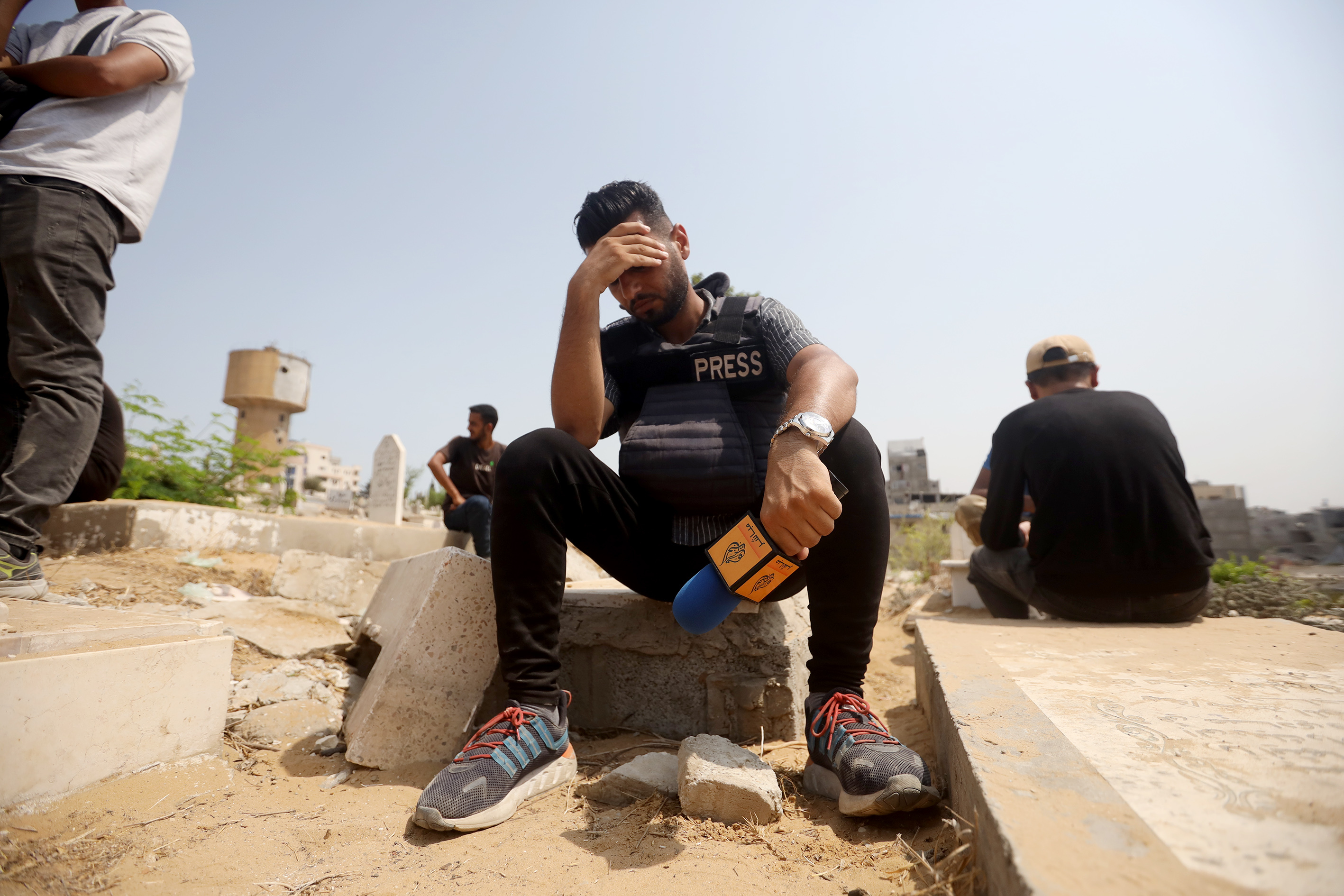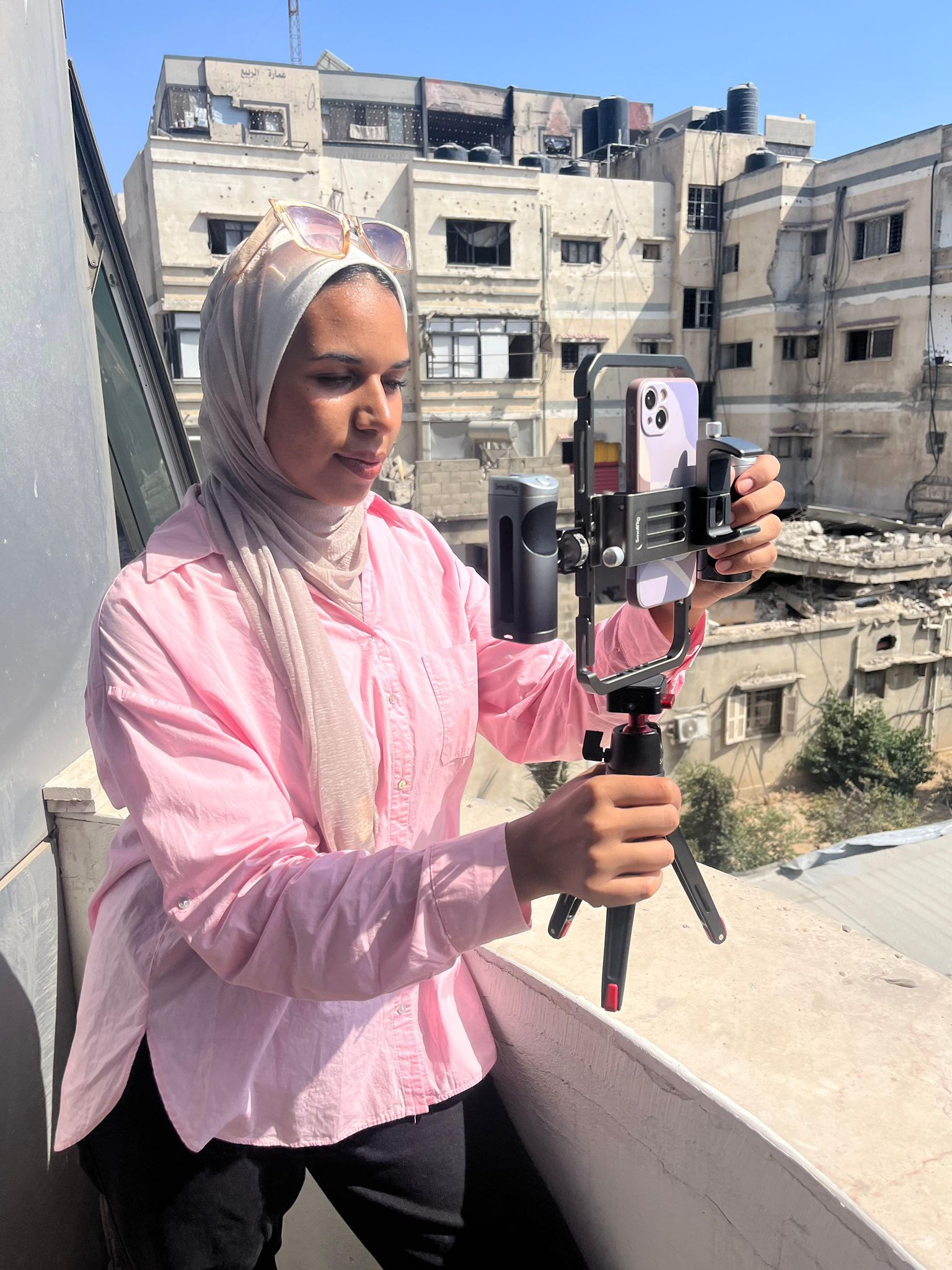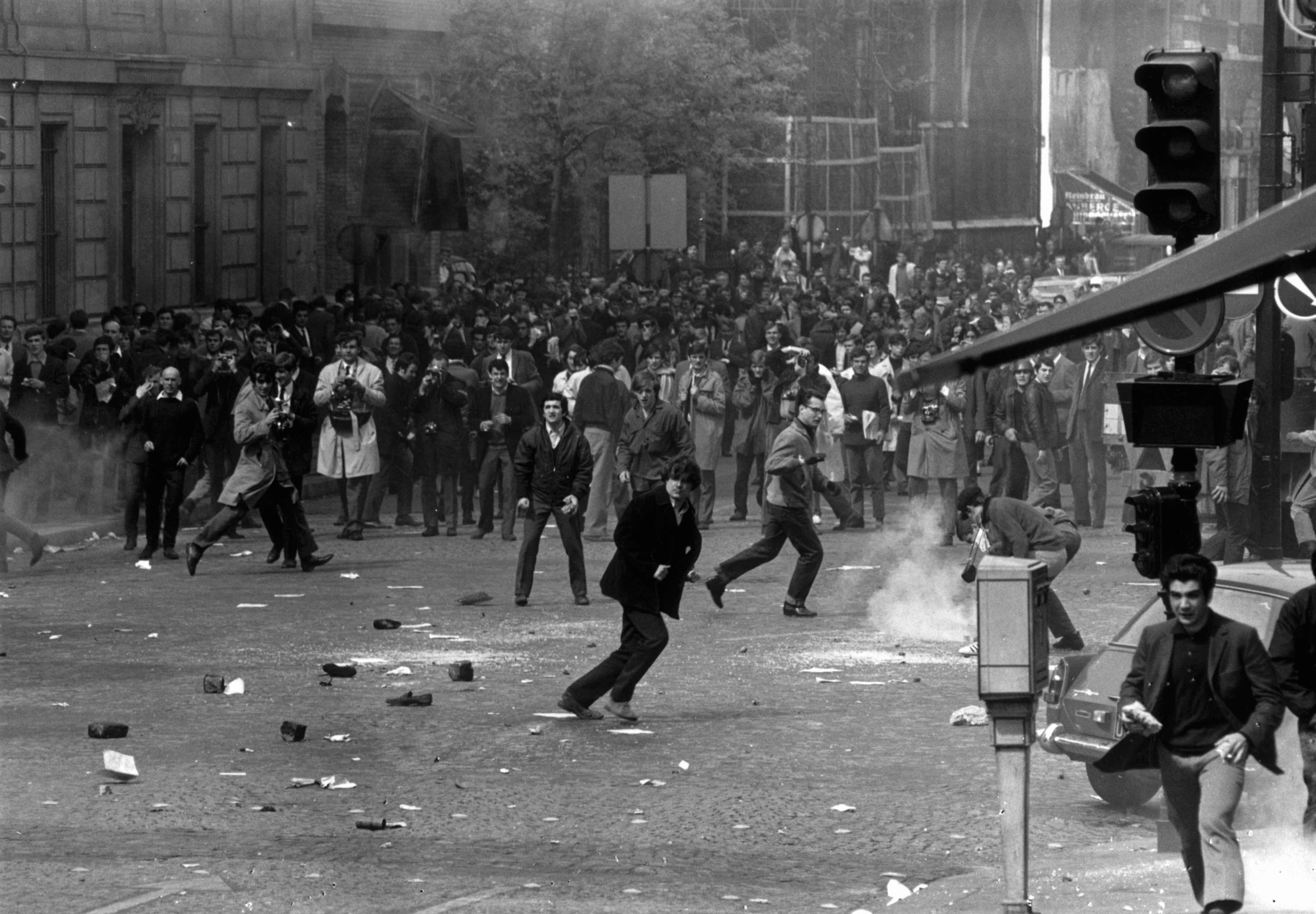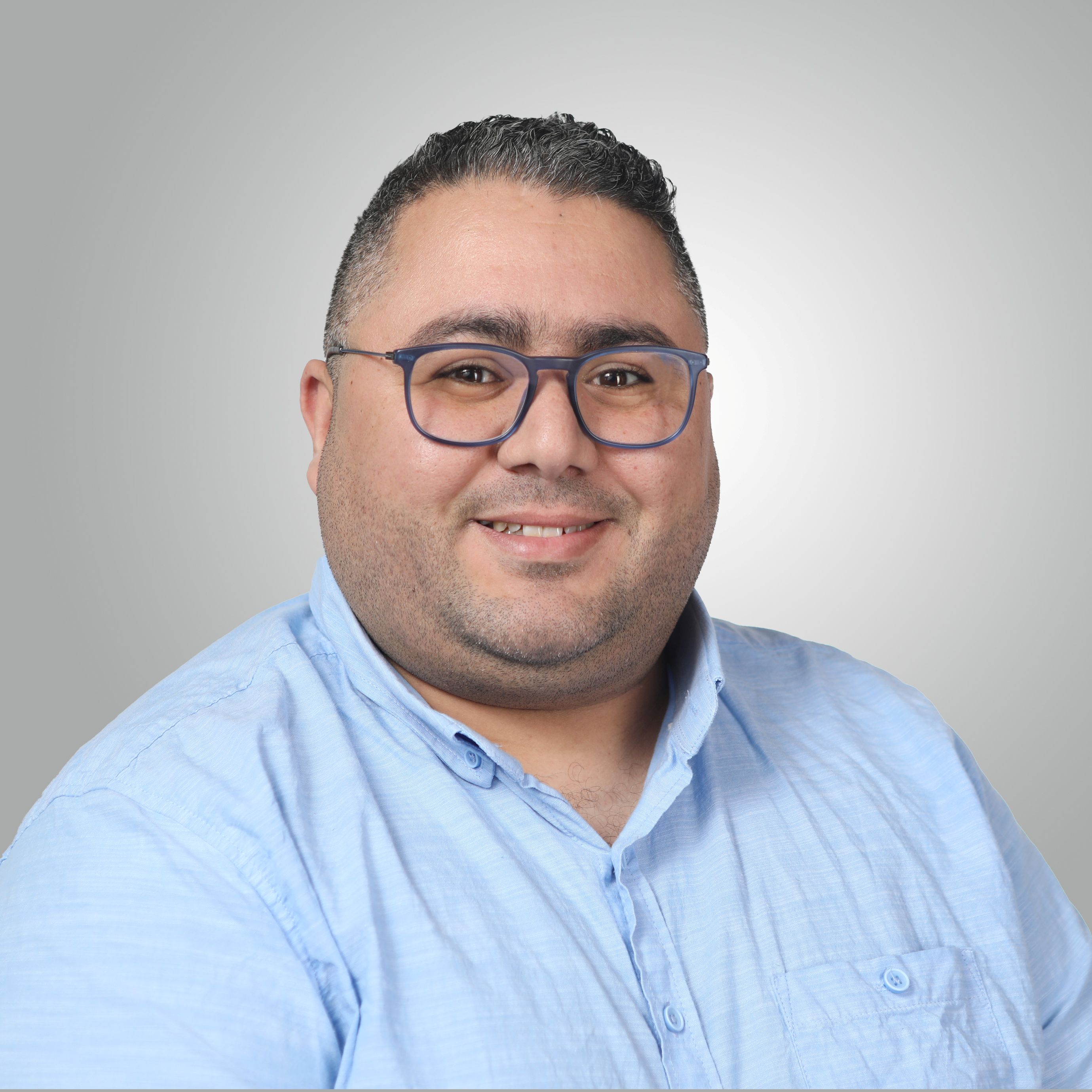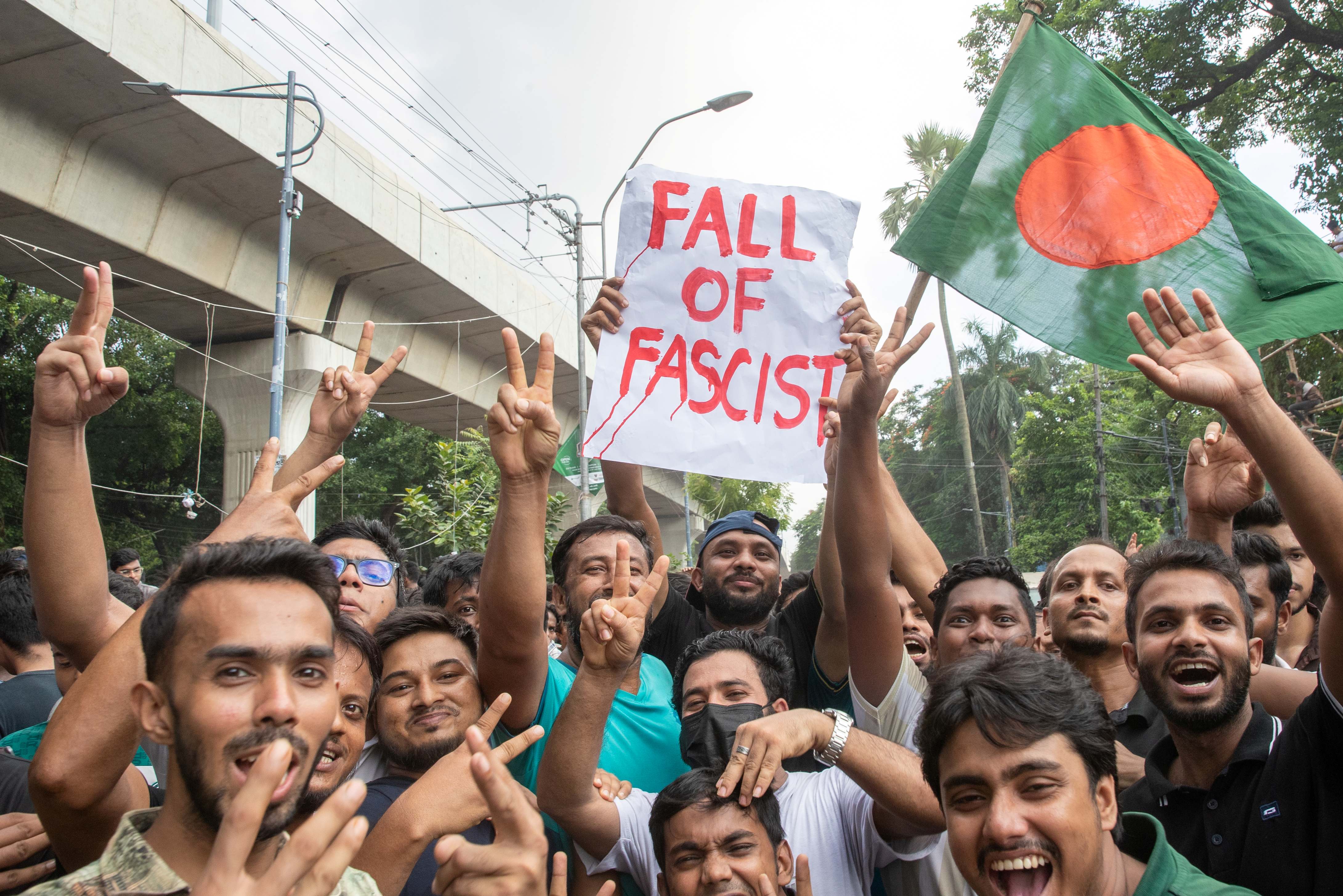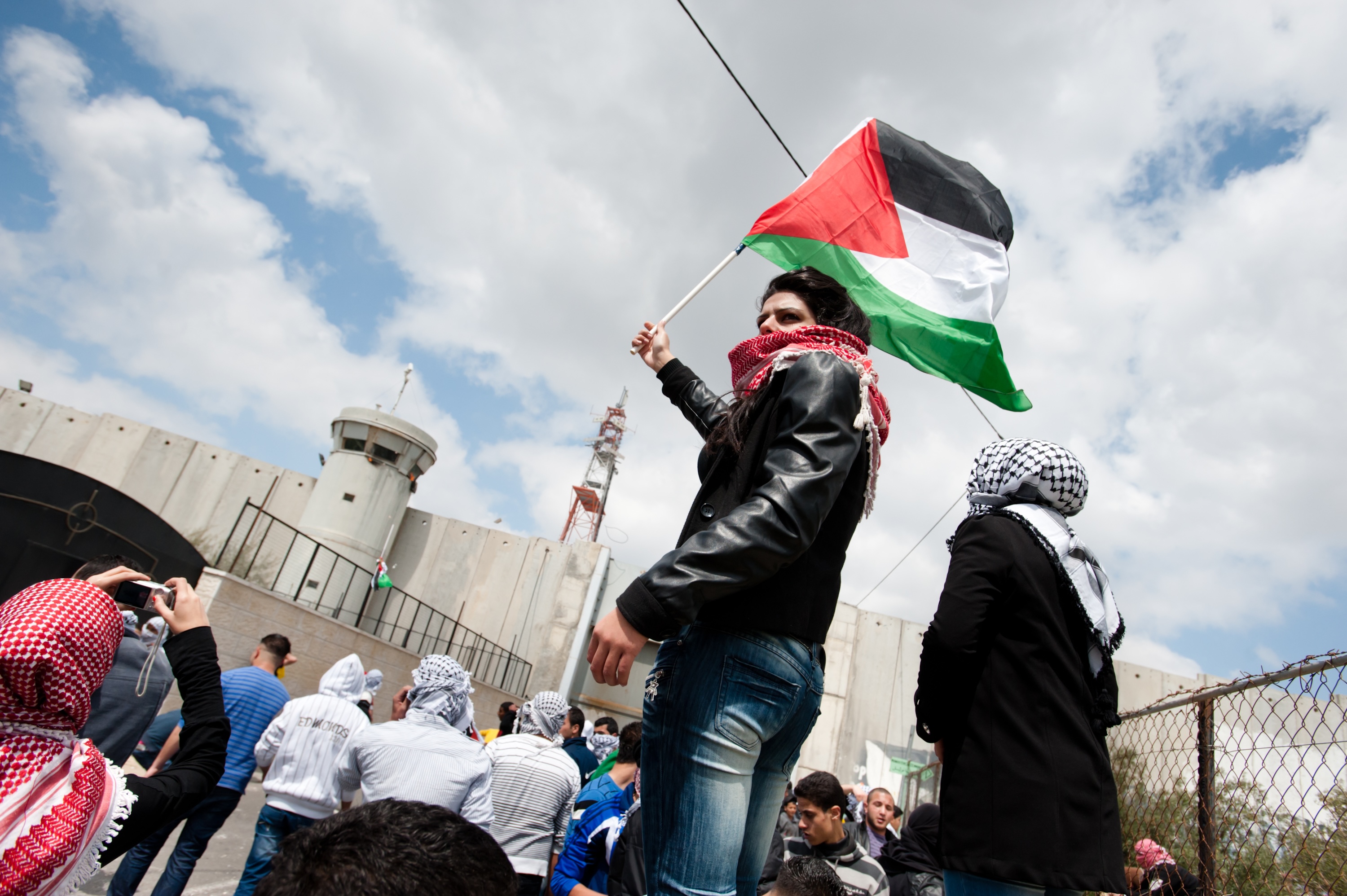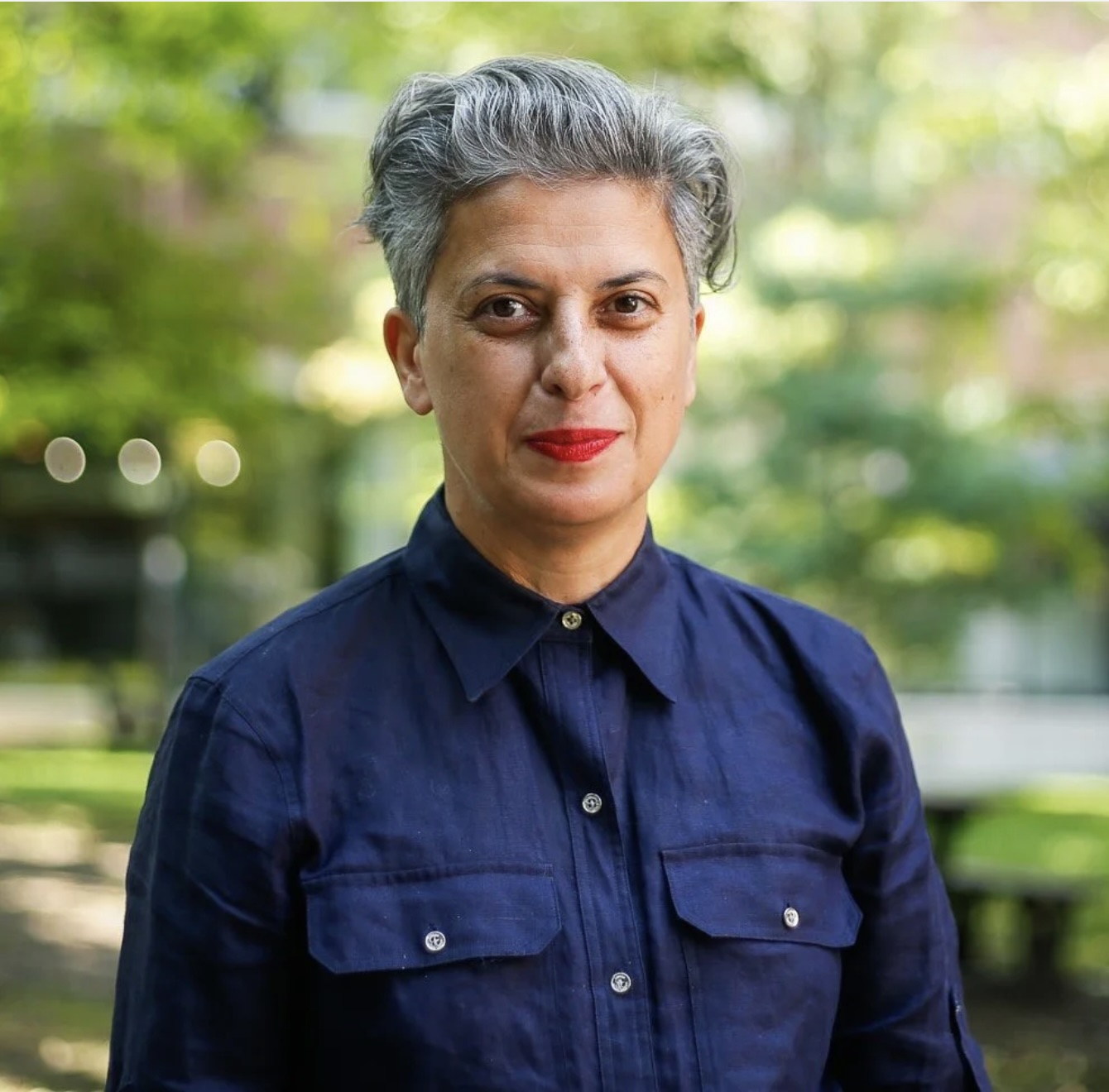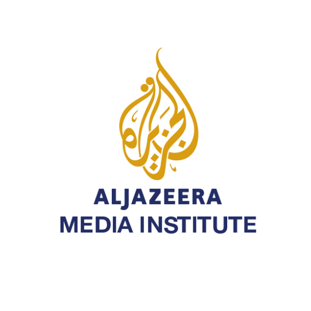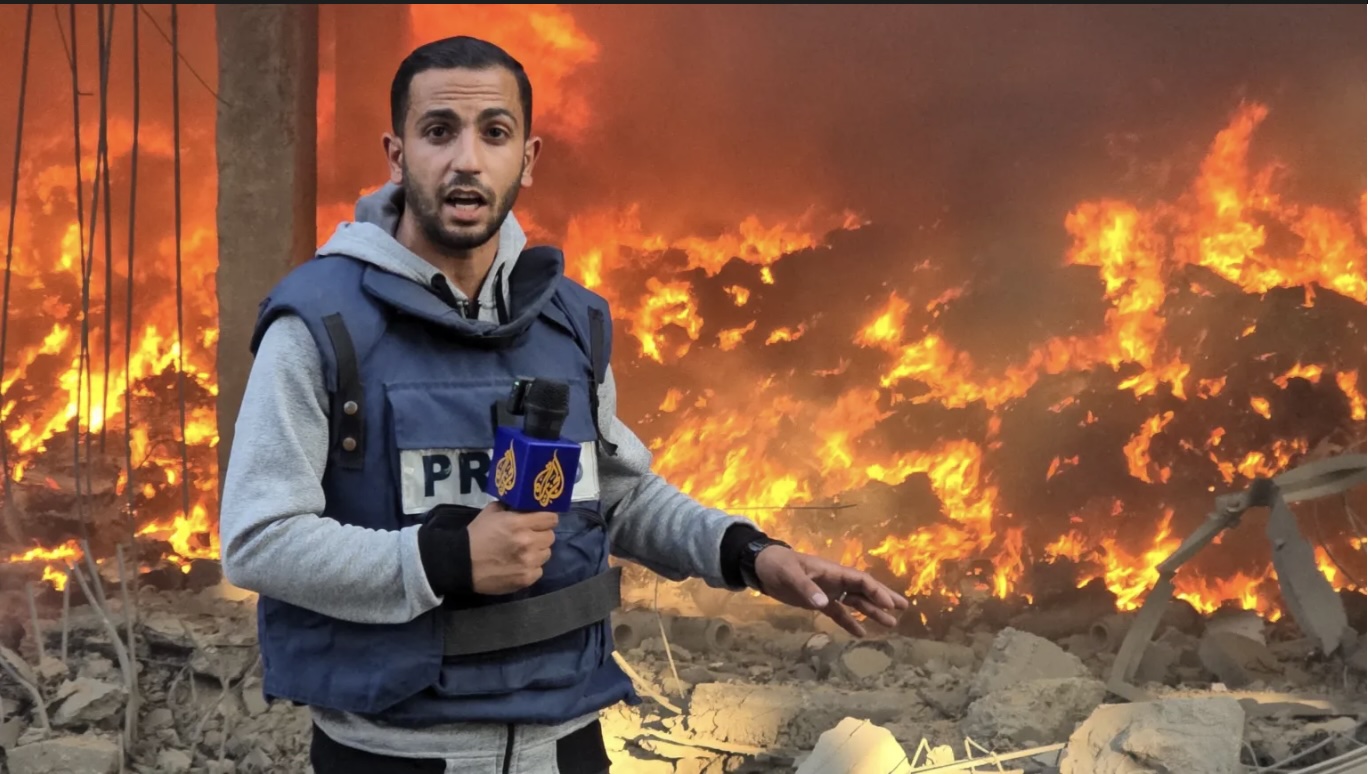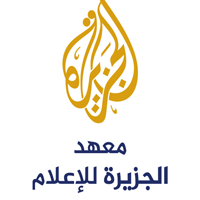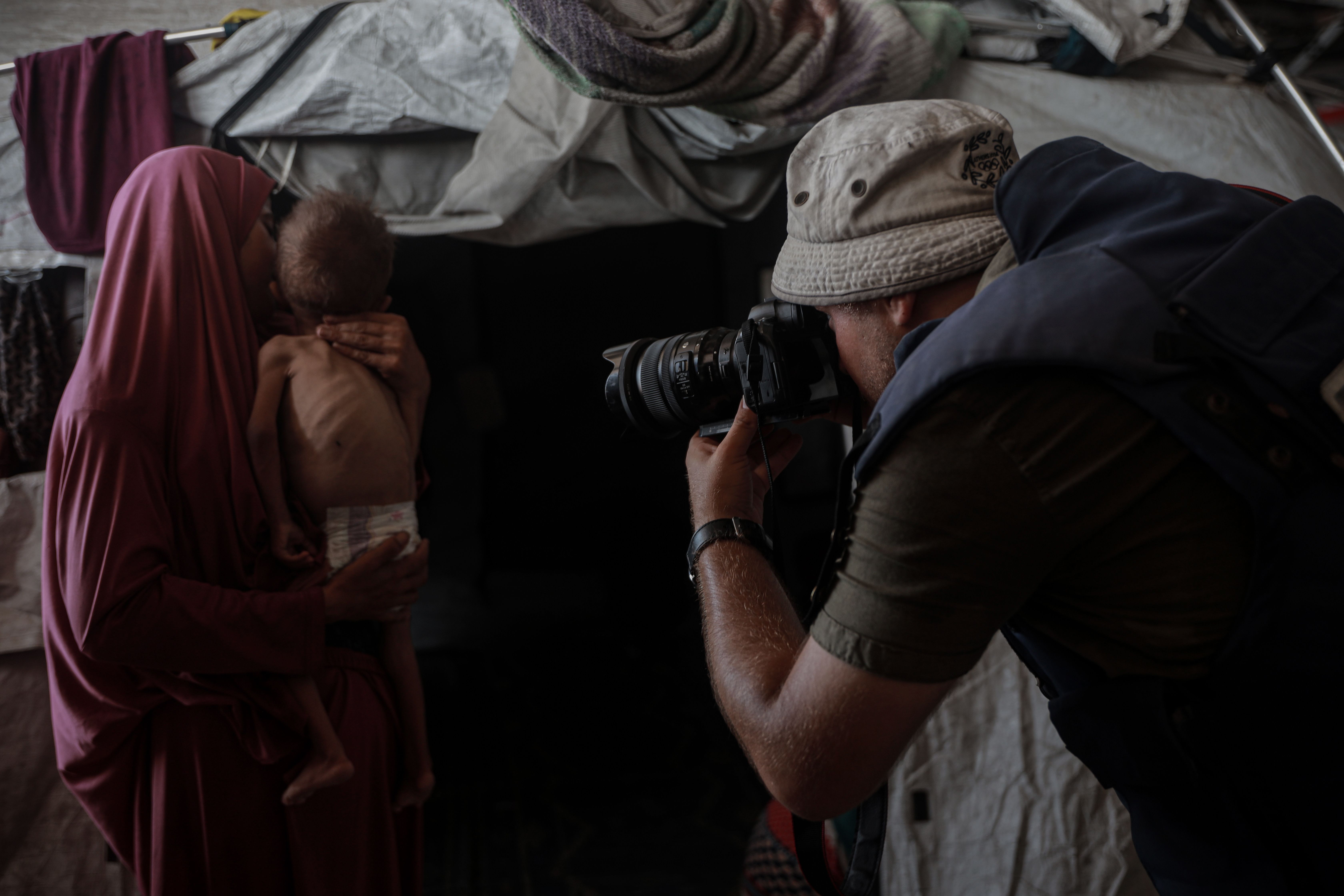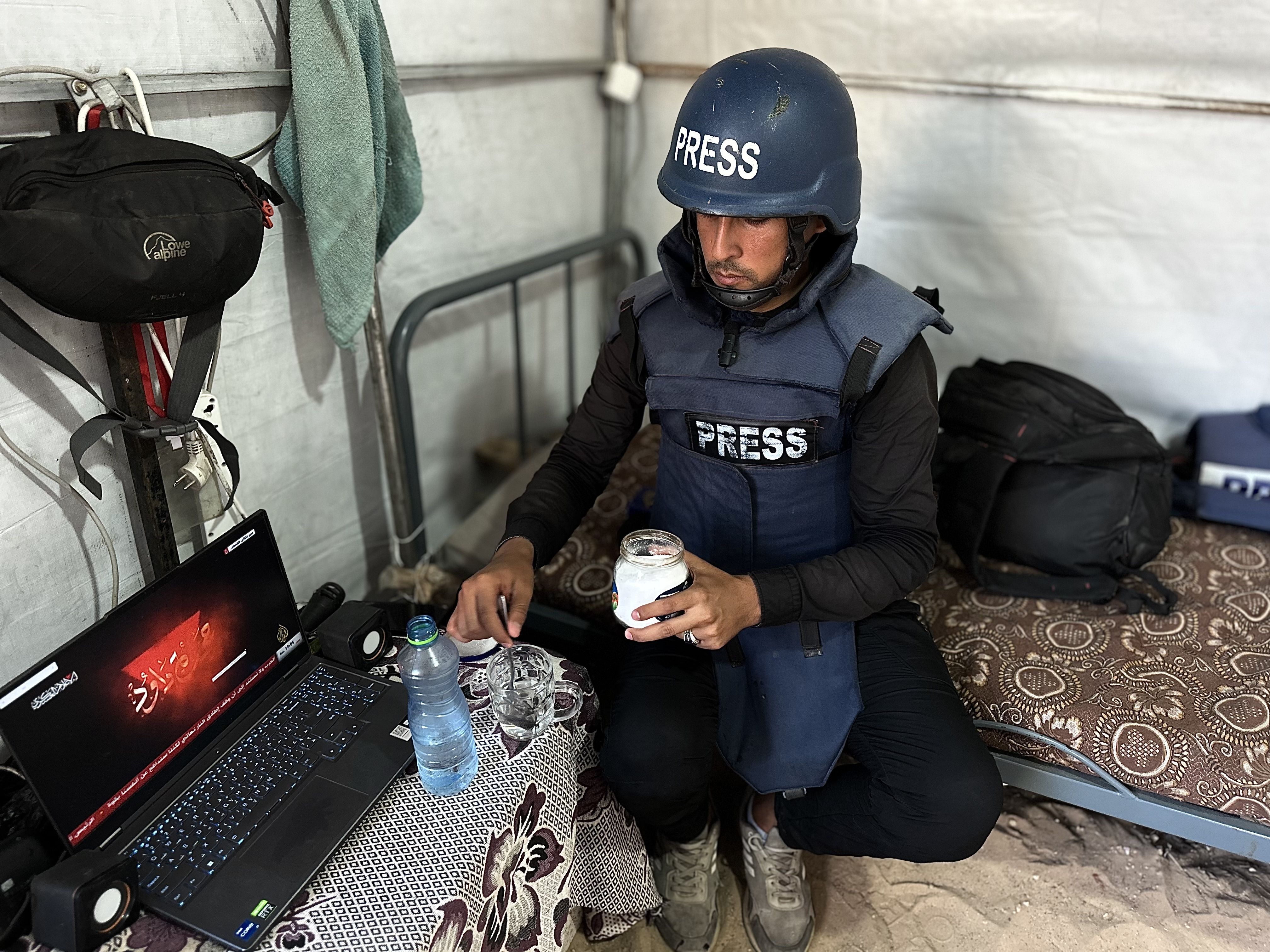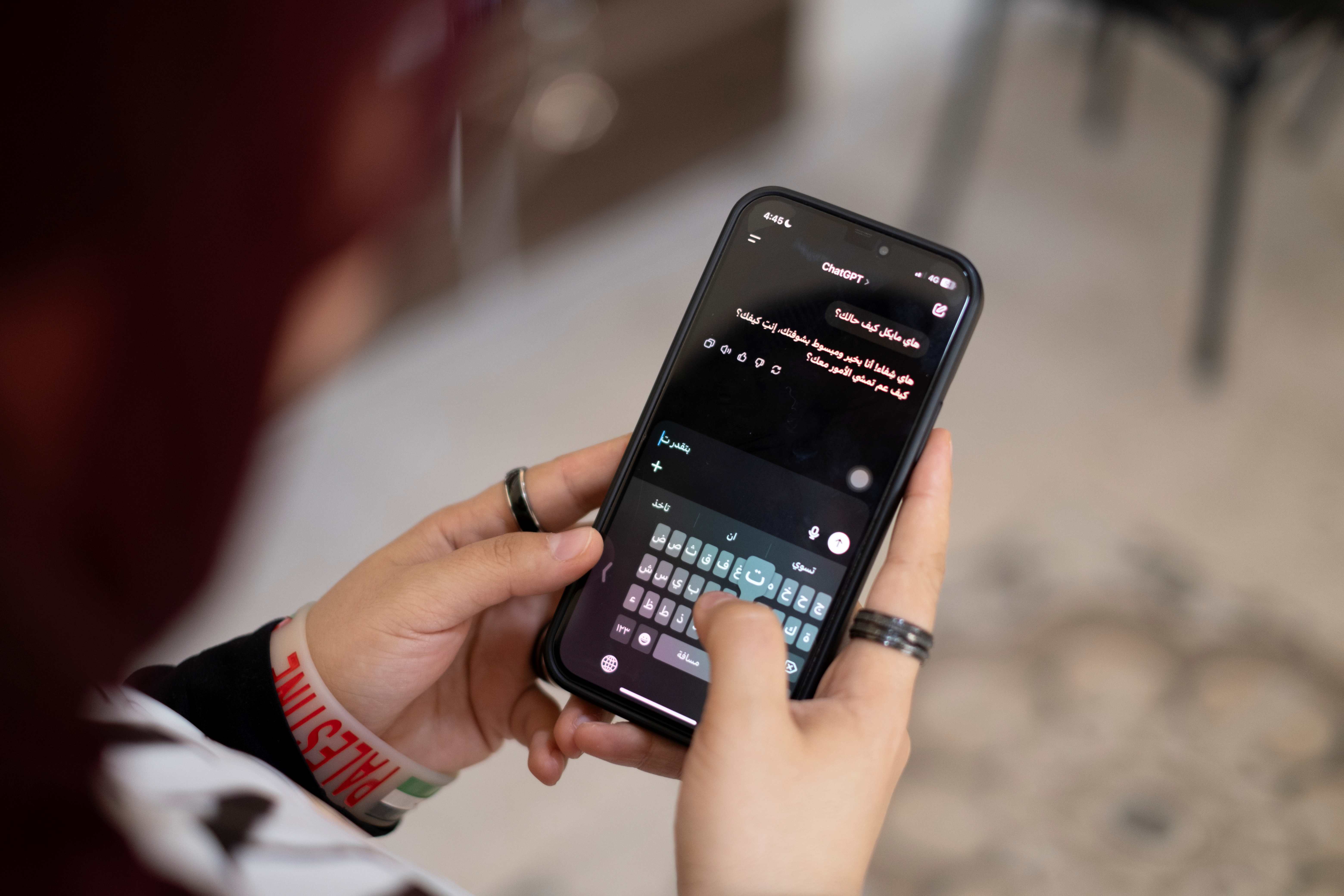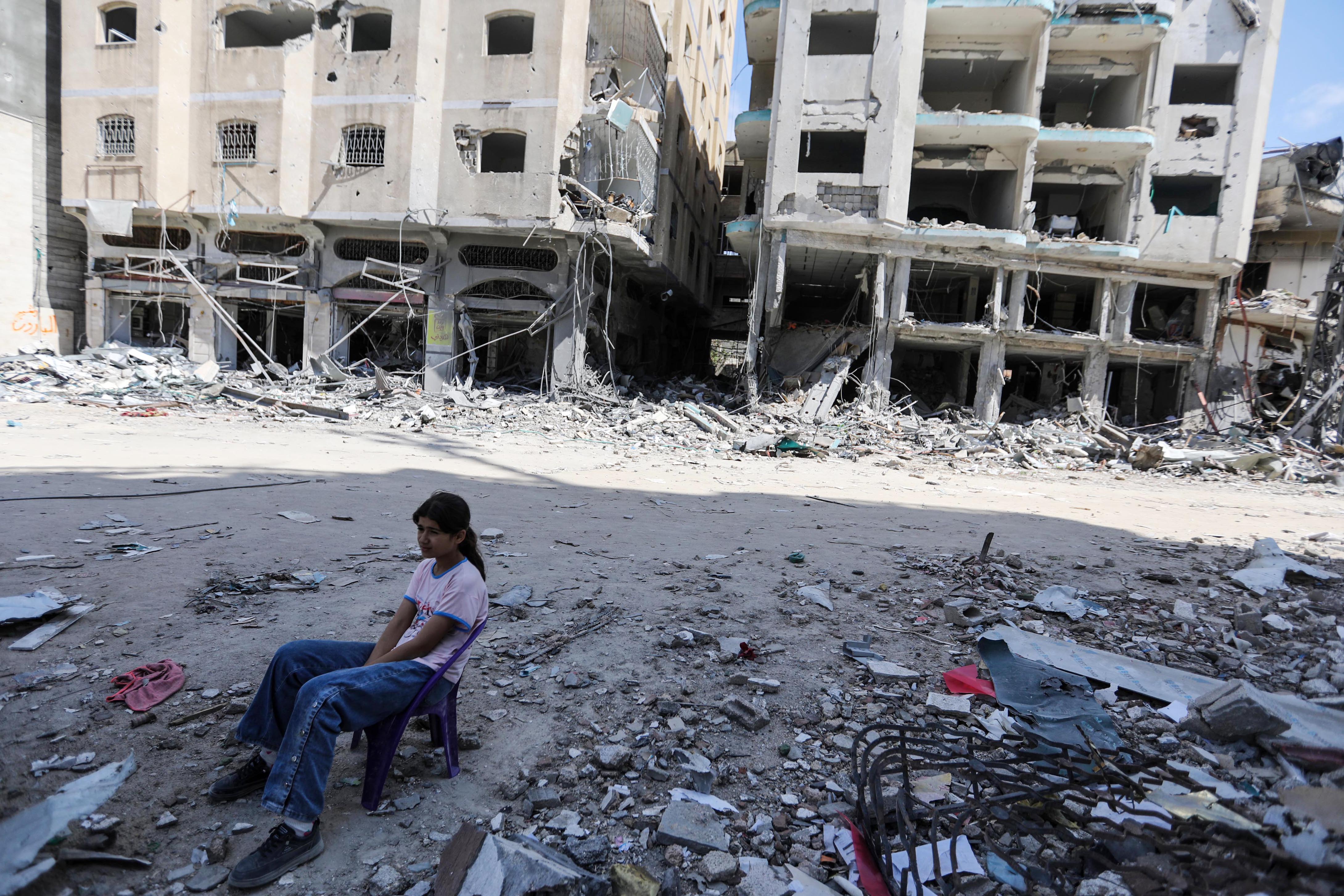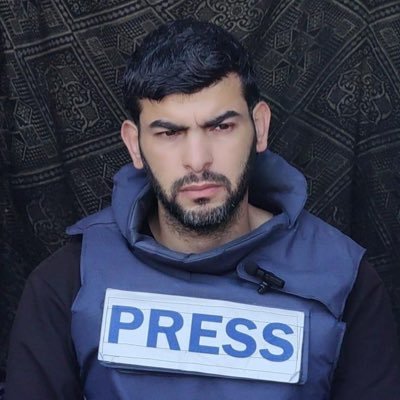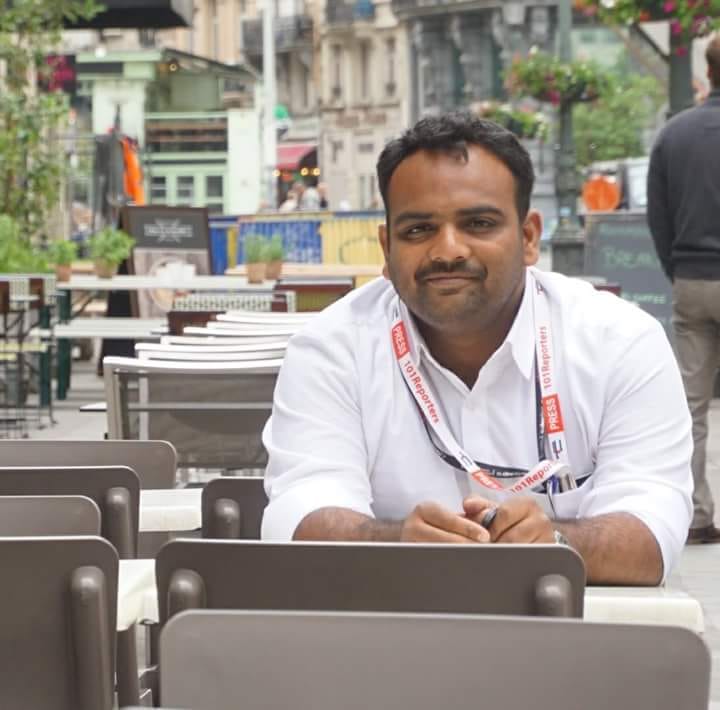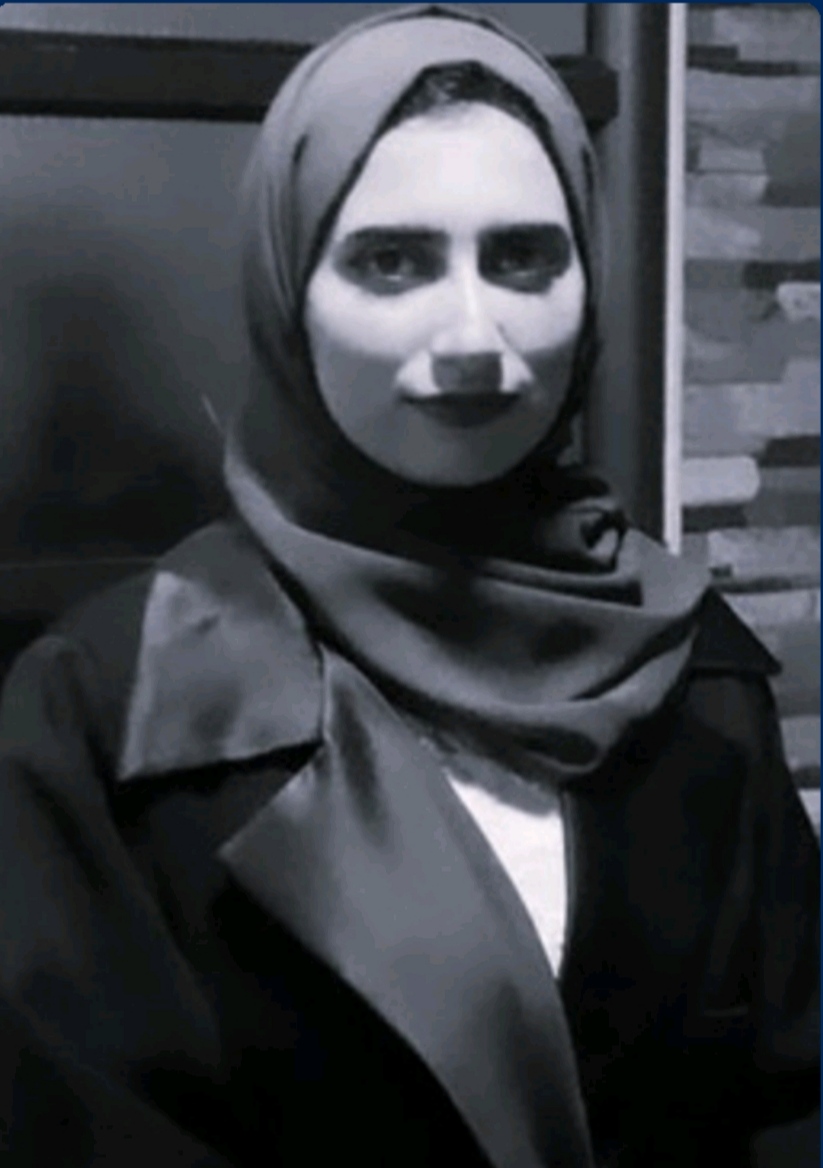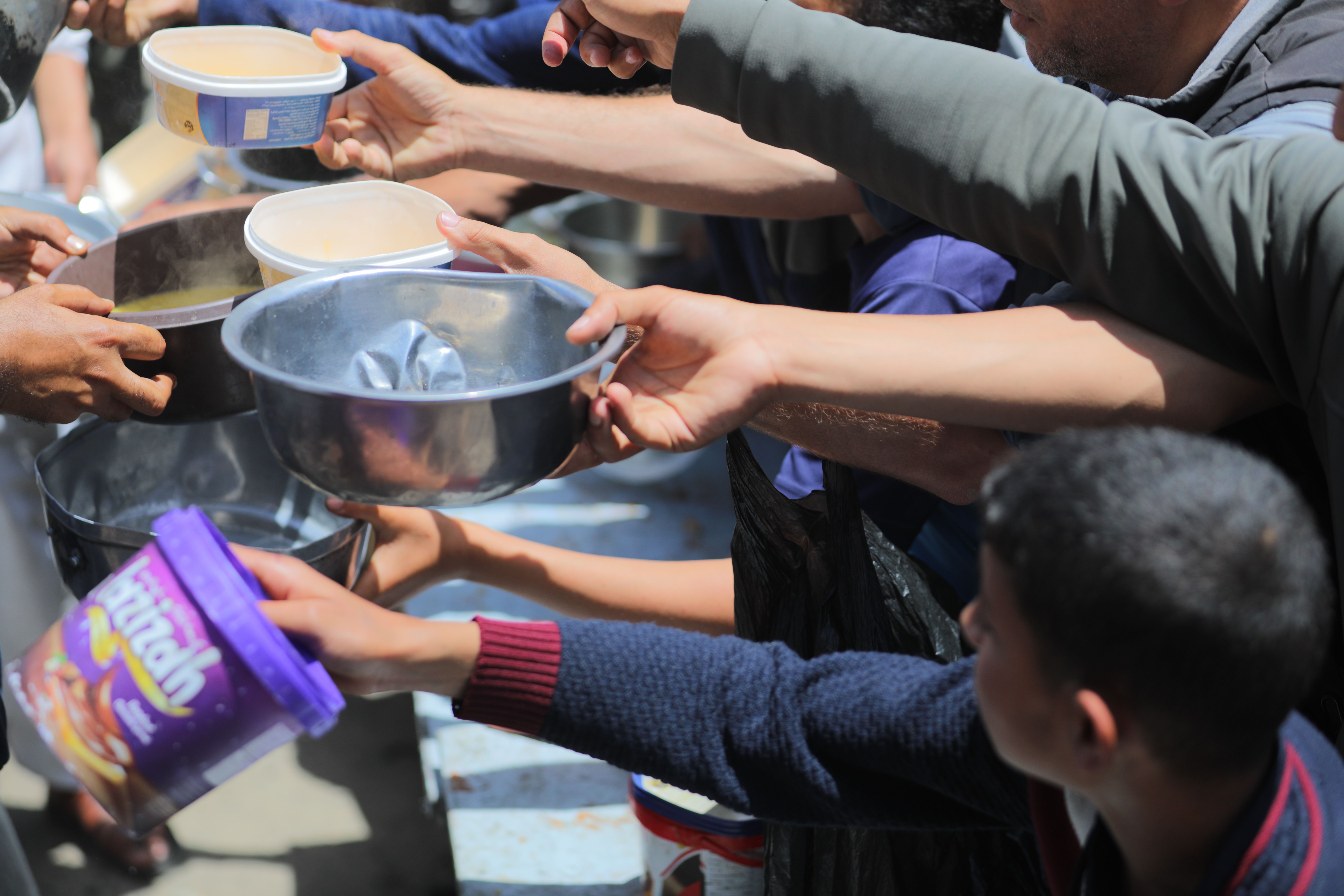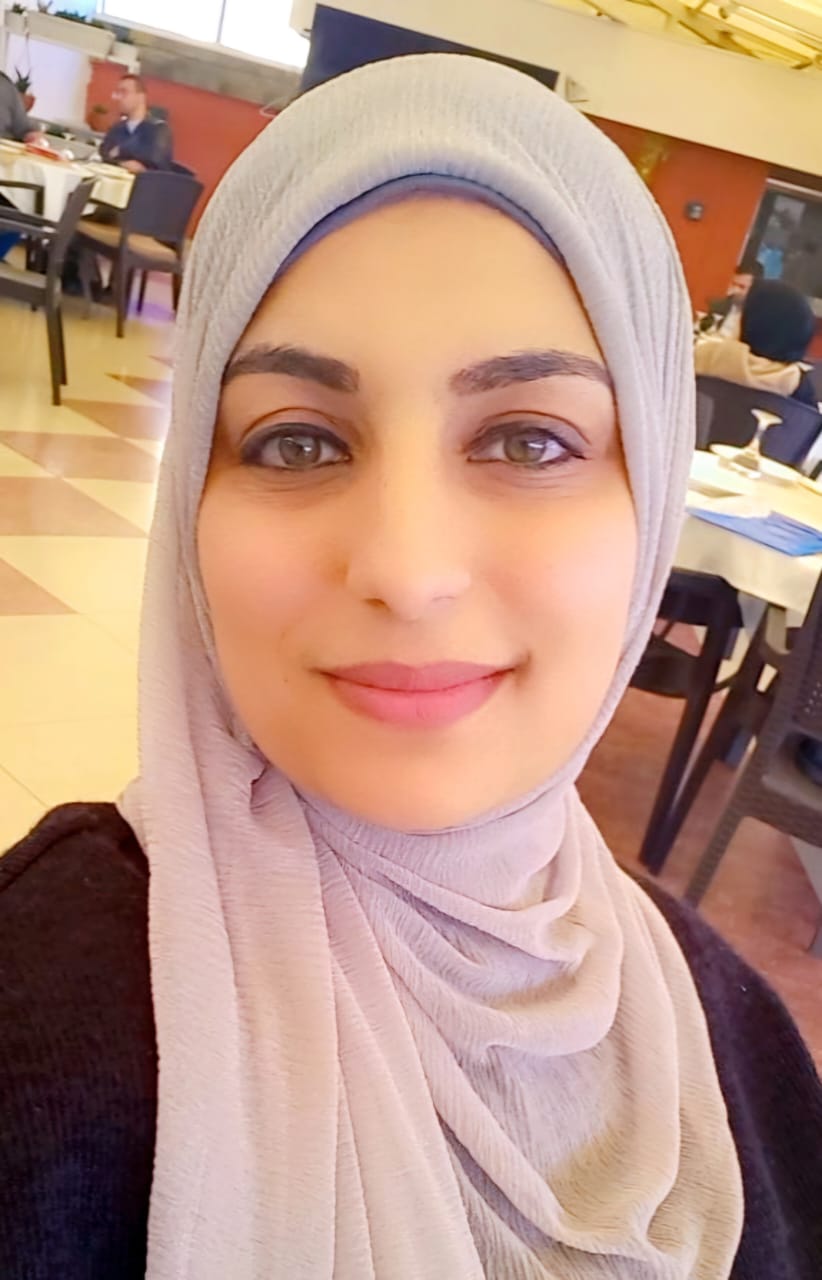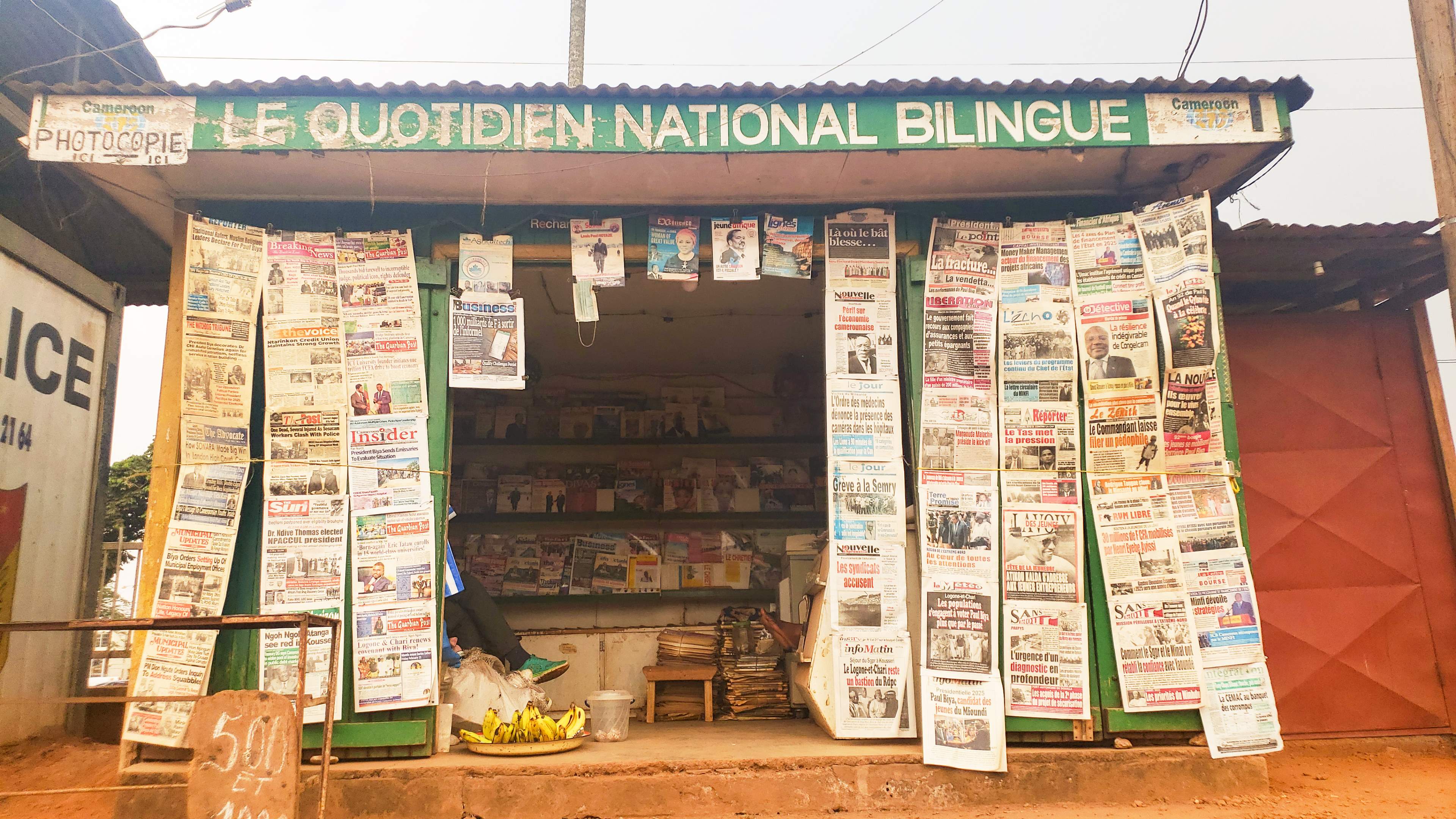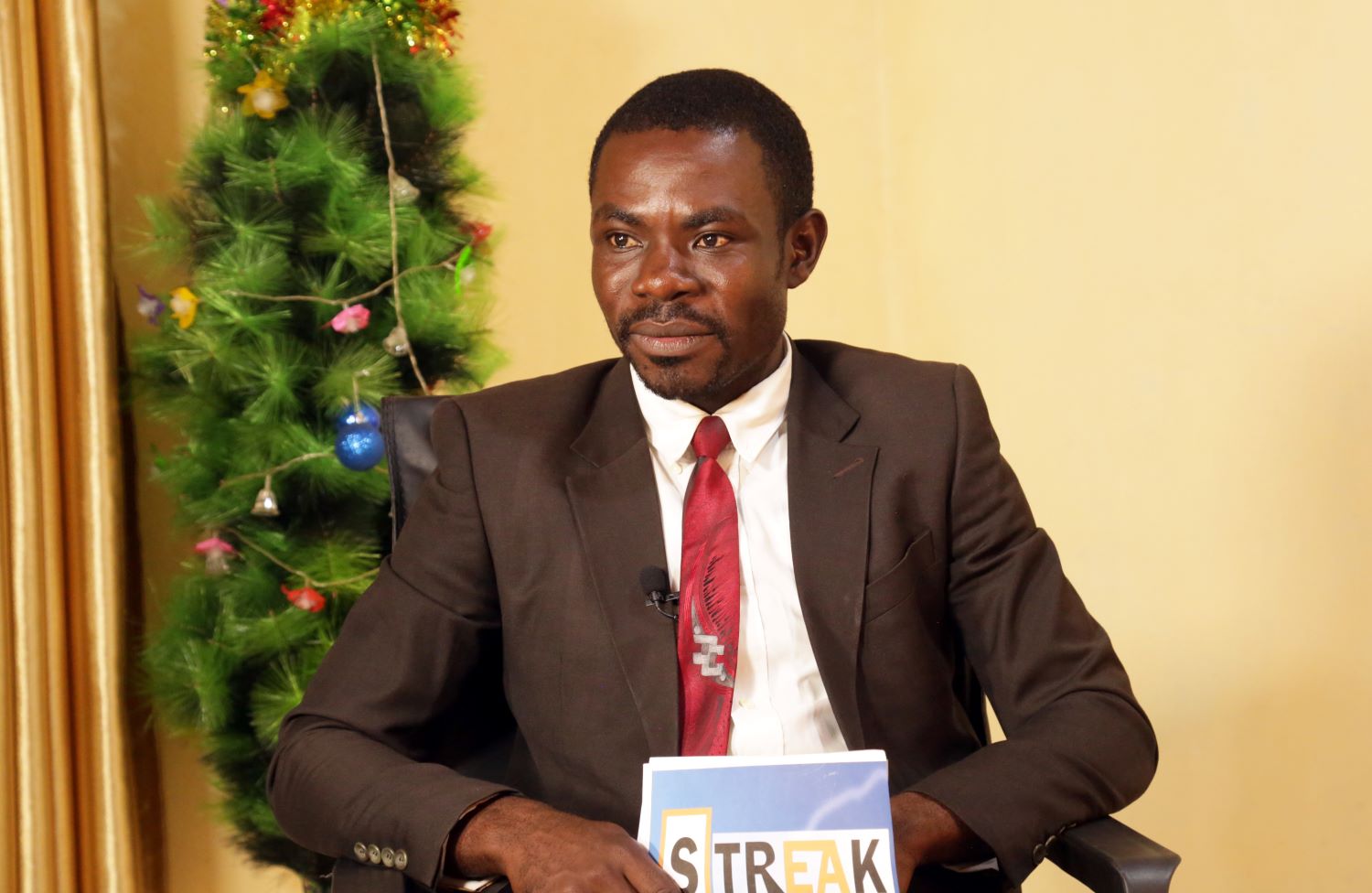هب أن بين يديك نصوصا عدّة تتحدث عن شجرة الزيتون الفلسطينية التي ترمز إلى الأرض، هل كان تأثيرها سيضاهي تأثير صورة المرأة الفلسطينية بلباسها التقليدي وهي تعانق شجرة زيتونها كأنما هي إحدى بناتها؟
صورة تروي الكثير، اقتنصها ببراعة المصور الفلسطيني علاء بدارنة الذي يقول إن قصتها تكمن في أهم عناصرها، وهي "السيدة محفوظة" التي تمثل المرأة الفلسطينية، لكن اكتمال المشهد الجمالي والقوة والتأثير اجتمعت لحظة ردة فعل السيدة على قطع المستوطنين لأشجارها، إذ قامت تحتضن الشجرة في مشهد لم يكن متوقعا بالنسبة له كمصور، لكن اللحظة الحاسمة في ما يتعلق بالتصوير الصحفي بدأت مع هذا الاحتضان، وتزامن ذلك مع ظهور سيارة جيش في الخلفية كانت أصلا تسير ببطء قبل الحدث.. كان موقفا حاسما فرض نفسه على الجانب التقني، وكانت صورة مؤثرة رغم صعوبة المشهد وتأثيره أولا على المصور.
ما زالت لهذه الصورة خصوصية كبيرة لدى بدرانة الذي يؤكد أنها لا تحتاج إلى شرح، وأنه فخور برؤيتها في كل مكان يذهب إليه بسبب قوة تأثيرها.
وعن الصورة المؤثرة يقول إن صورة صحفية بدون تأثير لا يمكن أن نسميها صورة ناجحة، سواء أكان هذا التأثير إيجايبا أم سلبيا. وفي التصوير الصحفي يعتبر العنصر الإنساني أبرز مكونات التأثير، وصورة الشجرة مثال واضح على ذلك.. الناس في الصور الصحفية هم الأبطال الحقيقيون ومصدر قوة الصورة، لأنهم في العادة ضحايا اضطهاد أو فقر.. إلخ، لكن على المصور الصحفي أن يمتلك قدرة هائلة على إخراج ما يمكن تسميتها "أنسنة الصورة" وإظهارها بشكل واضح في تكوين الصورة لإحداث التأثير منذ اللحظة الأولى لمشاهدة أي عمل مصور، سواء أكان صورة منفردة أو قصة صحفية.. وهنا يكمن الفرق بين مصور وآخر.
أما عن الصور المؤثرة خارج نطاق النزاعات فيجدها بدارنة أهم من تلك الصور اللحظية، لأن ما يكمن وراء القصة أهم من القصة نفسها، ودائما ما تؤثر فينا صور ما بعد الحروب لا لحظة وقوع الحرب، وهذه نسميها القصص الصحفية التي تحاكي واقعا صعبا يكون ناتجا عن نزاعات وحروب وكوارث.
من الأستوديو الصغير إلى الاحتراف
بدأت علاقة بدارنة بالتصوير الصحفي عندما امتلك والده أستوديو صغيرا بداية العام 1982. ومنذ ذلك الحين وحتى العام 1985 كان بدارنة -الفتى المراهق حينها- يساعد والده في العمل بالأستوديو فتطورت بذلك علاقته بالكاميرا، لكن ذلك لم يستمر طويلا بسبب اندلاع الانتفاضة الأولى، ثم بسبب سفره لاستكمال التعليم. ومع ذلك كانت العلاقة مع الكاميرا مجرد تصوير لاحتفالات مدرسية ومناسبات محدودة في القرية، ولم يكن يفكر بعدُ في التصوير الصحفي. وفي العام 1998، مارس بدارنة التصوير كهواية، حتى اندلاع الانتفاضة الثانية التي دفعته إلى الاحتراف .
عمل بدارنة بإذاعة محلية في مدينة نابلس، وأثناء عمله مارس التصوير الصحفي الذي أهّله إلى الانتقال للعمل لفترة وجيزة في وكالة رويترز، ثم مصورا رئيسيا في الوكالة الأوروبية للتصوير ( EPA ) من ذ العام 2003 ولغاية الآن، وتخللت ذلك بعضُ الأعمال المتقطعة كمراسل لصحيفة القدس العربي والتلفزيون الألماني وهيئة الإذاعة البريطانية (بي.بي.سي)، وفي نفس الوقت ظلَّ يعمل في العمل الإذاعي حتى العام 2013 .
يعزو بدارنة نجاح أي مصور صحفي واحترافه للمهنة إلى أمور كثيرة آخرها الكاميرا، وأولها أدوات ومهارات المصور. والدليل على ذلك أن المصور قد يكون بدأ مشواره في فترة لم تكن صناعة الكاميرات قد شهدت تطورا، خصوصا التقني منها والحديث، ويرى أن من أهم صفات المصور الصحفي علمه المسبق بأسس العمل الصحفي وعلاقته بالبيئة الإعلامية المحيطة والثقافية المتنوعة التي يمكن أن تشكل له جسرا يعبر من خلاله إلى الصورة الصحفية.. وعلى المصور في النهاية أن يكون ذا حس فني، لأن هذا أمر هام يؤثر مباشرة على تكوين الصورة والناحية الجمالية فيها وإن كانت صورة إخبارية.. هذا بالإضافة إلى مواكبة كل أشكال التطور الذي يتسارع بشكل ملحوظ في عالم التصوير وتقنيات الكاميرات وفنون التحرير والإنتاج، إذ على المصور أن يبقى تلميذا في هذا العلم حتى آخر لحظة، وألا يقف عند نقطة محددة .
بعيدا عن الحظ، قريبا من الإبداع
حصل بدارنة على 27 جائزة مختلفة عربية وعالمية في التصوير الصحفي وثيمات أخرى بعيدة عن التصوير الصحفي، وهو يعتقد أن المؤسسات العربية التي تعنى بالإعلام أدركت أهمية وجود منافسات ومسابقات وجوائز ترتقي إلى مستوى عالمي، مثل جائزة الصحافة العربية التي بدأت عام 1999 ووضعت الخطوة الأولى في طريق تقدير الفئات الصحفية، ليحذو حذوها العديد من المؤسسات العربية الأخرى، كما ساهمت في خلق جيل جديد من المصورين في الوطن العربي.
ورغم وجوده في منطقة صراع (فلسطين المحتلة) تجعل المشهد الصحفي ثريا دوما، فإن بدارنة يرى ألا علاقه للحظ بالمشهد، ويقول "أحيانا تفرض الظروف نفسها على المصور الصحفي وتحدد شكل المهنة، ومن الطبيعي جدا أنه أينما وُجدت الأحداث والصراعات والحروب وُجد المصور الصحفي.. وفي الوضع الفلسطيني كان بإمكاني الاختيار بين العمل الإذاعي والتلفزيوني وبين التصوير، واخترت التصوير رغم خطورته.. أحيانا تجد نفسك أمام تحدٍّ وترغب في خوضه لأسباب ما زلتُ أنا نفسي أجهلها، فرغم كل الصعوبات والمعوقات والإصابات أجد نفسي صديقا للكاميرا ولا يمكنني التخلي عنها بسهولة".
عرفه الجمهور بداية في العمل الإذاعي قبل التصوير، حيث كان مقدّم برامج إذاعية، لكنه يفضل أن يرى نفسه في الصورة أكثر من الميكروفون، ويرى قدرته على الإبداع في تشكيل صورةٍ مشاهَدةٍ وليست مسموعة، وقد يكون ذلك -حسب قوله- لأن علاقته قديمة مع الكاميرا، وبسبب قدرته على قراءة الصورة بشكل مختلف، متحدّيا نفسه بالكثير من الأعمال ومراهناً على وصولها إلى جمهور أوسع تخطى حدود الوطن والمنطقة ووصل إلى العالم بسبب الصورة.
و يبرع بدارنة في التوفيق بين تقنيات التصوير الصحفي وإبداعه الخاص، حيث يعتبر نفسه في جولة تحدٍّ مع كل ما يشهده عالم التصوير في الجانب التقني، ويسخر قدراته لتكون الصورة الصحفية مزيجا يجمع القيمة الإخبارية والفنية، ويجد أن عمله محاضرا لمادة التصوير الصحفي في جامعة بيرزيت أضاف تحديا وحاجة جديديْن لإضافة كل ما هو جديد إلى نفسه وطلابه.
كما أن بدارنة يرى فلسطين بكل جوانبها وليس بعين المصور الصحفي الذي ينتظر الحدث وقت حدوثه ليخرج بصورة صحفية مرتبطة بوقت زمني محدد، ويستغل وقته الإضافي دائما في تصوير الحياة اليومية وحياة الشارع والبورتريه والطبيعة وكل الفرص المتاحة في الوطن وفي السفر لتصوير أنماط أخرى.
هذا النجاح ما كان ليتحقق لولا أن الكاميرا كانت دوما معه، وكانت تأخذ من حياته الشخصية ومن وقت العائلة خصوصا أثناء الإجازات التي يحتفظ منها بأرشيف جميل عن جوانب أخرى من فلسطين؛ يرى بدارنة أنه أمر مهم ويضيف دائما نقلة نوعية إلى المصور القادر على التوثيق بمفهومه الشامل.
قراءة الصورة
عمل بدارنة محكّما لأكثر من جائزة، لكن تجربته مع جائزة الصحافة العربية كانت مختلفة لكونه كان أحد الفائزين بها مرتين عامي 2009 و2013، مما جعله يطلع عن قرب على مستوى التحكيم العالي الذي تتخذه إدارة الجائزة.
أما معاييره في قراءة الصورة الصحفية فتختلف كليا عن قراءة أي صورة أخرى، إذ على محكّم فئة التصوير الصحفي أن يكون ذا علاقة بالتصوير الصحفي بشكل أو بآخر، ولا شك أن هناك معايير كثيرة يجب أن يأخذها المحكم بعين الاعتبار، وتختلف أهميتها حسب الصورة المعروضة أمامه للتقييم.. يقول "لا شك أن القيمة الإخبارية أبرز معيار، ويتعلق الأمرهنا بقدرة المحكِّم على تحديد عناصر القيمة الإخبارية وتوزيعها بشكل عميق وتفنيدها قبل الخروج بقرار.. هناك جانب متعلق بالشأن التقني وقدرة المصور على توظيف ذلك لصالح الصورة، وهناك أيضا علاقة مباشرة للتأثير، وعلى المحكّم بعد ذلك أن يعيد قراءة الصور مجتمعة بكل عناصرها".
علاء توفيق بدارنة
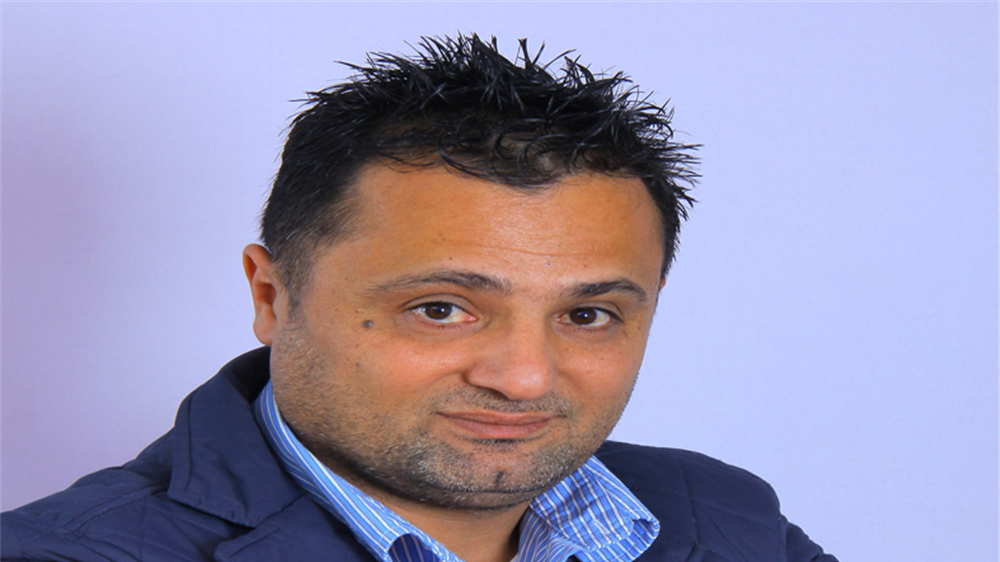
مواليد قرية يعبد في جنين عام 1971، مصور صحفي في الوكالة الأوروبية للتصوير. غطى كافة جوانب حياة الشعب الفلسطيني تحت الاحتلال. عمل في مجالات إعلامية عديدة (راديو طريق المحبة، ومراسل لصحيفة القدس العربي، ومصور للتلفزيون الألماني وإذاعة 24 والبي.بي.سي ). ع ضو في العديد من المؤسسات الإعلامية والجمعيات فلسطينيا وعربيا. حائز على 27 جائزة محلية وعربية ودولية، أبرزها جائزة الصحافة العربية وتوم هاندرال وثومبسون، وحائز على ميداليات " FIAP " في التصوير. شارك في العديد من المعارض الخاصة بالتصوير في أوروبا والوطن العربي. كما عمل محكّما للعديد من مسابقات التصوير محليا وعربيا. يعمل مدربا للتصوير ومحاضرًا لمادة التصوير الصحفي في جامعة بيرزيت. شارك في إنتاج العديد من الكتب المصورة عن فلسطين.


